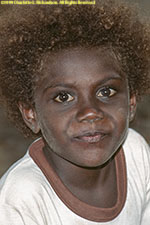
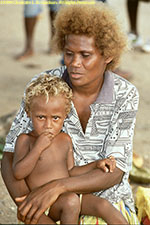
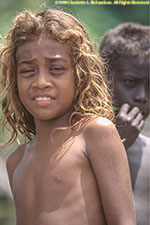
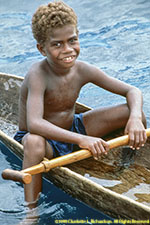
We visited Solomon Islands in 1999. The country consists of six major islands and over nine hundred smaller islands and lies east of Papua New Guinea and northwest of Vanuatu. The local people are mostly Melanesian, with very dark skin, especially in Western Provice, but quite a few of them have curly blond hair.
Honiara, the capital and largest city, is located on the northwest coast of Guadalcanal, the largest island. Honiara has a turbulent history of ethnic violence and political unrest between the ethnic Malaitans and the Guadalcanal natives.
From 1942 until the end of 1943 Solomon Islands was the scene of several major land, sea and air battles between the Allies and the Japanese Empire. In May of 1942 the Japanese occupied Tulagi and most of the western Solomon Islands, including Guadalcanal, where they began work on an airstrip. In August of 1942 the Allies counter-invaded Guadalcanal. Coastwatchers from the Solomon Islands played a major role in providing intelligence and rescuing other Allied servicemen. The area around Henderson Field, which is now called Honiara International Airport, 11 km east of Honiara, was the site of the Battle of Henderson Field in 1942, the last of the three major land offensives by the Japanese during World War II.
The Battle of Bloody Ridge (Edson's Ridge) was the second of the Japanese offensives during the Guadalcanal Campaign. The battlefields can best be viewed from the summit of Mount Austen (410m). We were not able to go there due to the unrest. We were also only able to reach the very western end of Red Beach, where the US forces landed.
The Guadalcanal American Memorial was built to mark the fiftieth anniversary of the Red Beach landings.
The Solomons Peace Memorial Park was built by Japanese war veterans about 3.5km down the coastal road from the American Memorial in memory of all those who were killed in WW II.
The Vouza Memorial honors the most famous of the WW II Coast Watchers, Sergeant Major Jacob Vouza.
Iron Bottom Sound is the stretch of water at the southern end of The Slot between Guadalcanal, Savo Island, and Florida Island. Dozens of ships and planes sank there during the Battle of Guadalcanal. Before the war it was called Savo Sound. Most of the wrecks are too deep to dive. However, two Japanese transports were deliberately beached to unload troops near the Bonegi River and now lie in shallow water just offshore from Bonegi Village just west of Honiara. The wreck termed "Bonegi I" is the Hirokawa Maru and "Bonegi II" is the Kingugawa Maru. The area around Bonegi Village was under rebel control when we were there, so we were not able to take any above-water photographs. Seldom dived due to the unrest, the wrecks are full of fish.
"Bonegi I" (Hirokawa Maru)
"Bonegi II" (Kingugawa Maru)
Gizo, the capital of the Western Province of Solomon Islands, is the second largest "city" in the Solomons with about a tenth the population of Honiara, and has a small landing strip.
Simbo is actually two islands separated by a saltwater lagoon. Simbo has an active volcano, Ove.
Primitive chicken-sized megapode birds lay their eggs in volcanically heated soil or piles of rotten vegetation. The hens do not tend the nests once the eggs are laid. Villagers loosen the soil in favorable spots and put thatched roofs over the nesting sites. They take some of the very large eggs, a local delicacy, and leave the rest to hatch naturally. The eggs are wrapped in leaves along with fish and steamed in the volcanic fumaroles and steam vents. Megapode eggs have a very large, custardy yolk and are mild-flavored.
Skulls taken in the head-hunting days are stored in "skull houses" on the island.
The Russell Islands are two small islands and several volcanic islets about 48km northwest of Guadalcanal.
Mary Island, or Mborokua, is an uninhabited, jungle-covered volcanic island west of the Russell Islands.
Marovo Lagoon is a very large saltwater lagoon in the New Georgia Islands with a double barrier reef system.
The Florida (Nggela) Islands in the central Solomon Islands north of Guadalcanal consist of four larger islands and about fifty smaller ones.
We spent eleven days on the Bilikiki dive boat. We left from Honiara, sailed through the Russell Islands to Mary (Mborokua) Island, to Marovo Lagoon at the eastern end of New Georgia Island, then back via Mary Island and the Florida (Nggela) Islands to Honiara. The surface water temperature was around 85 oF. Visibility was 100' or more at most sites, less inside some of the lagoons and "muck dive" sites. We made very few wreck dives due to the depth. We did dive a Japanese flying boat wreck in the Florida Islands. In the Russells we made several dives on the wreck of the Ann (a recent wreck, not from the war). The remains of pontoons and various landing craft, jeeps, and other war debris off White Beach made for interesting critter dives.
Diving:
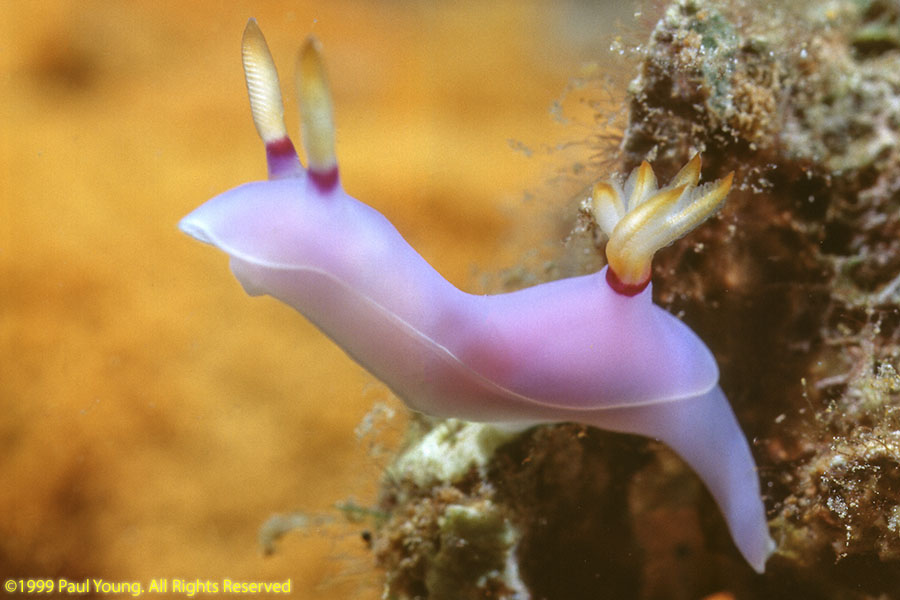
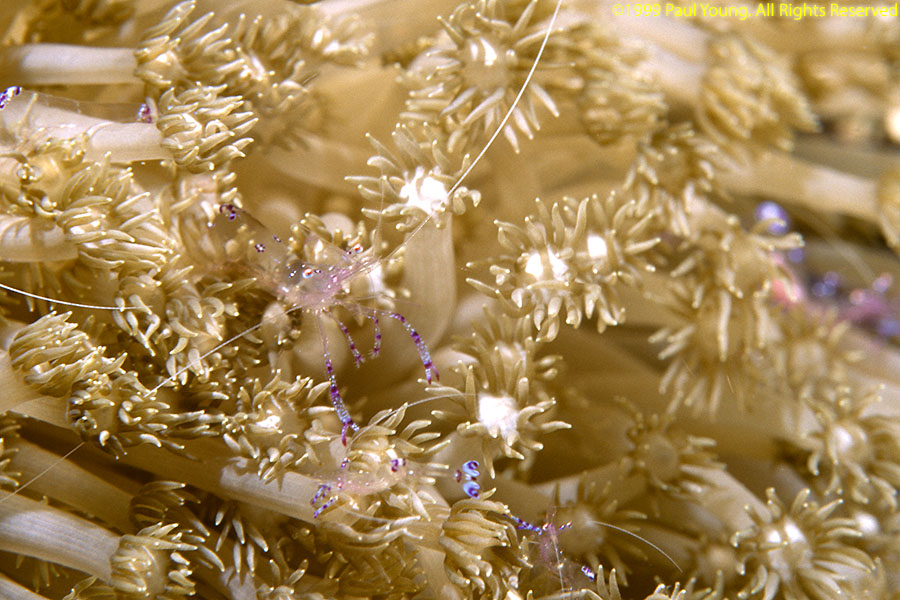
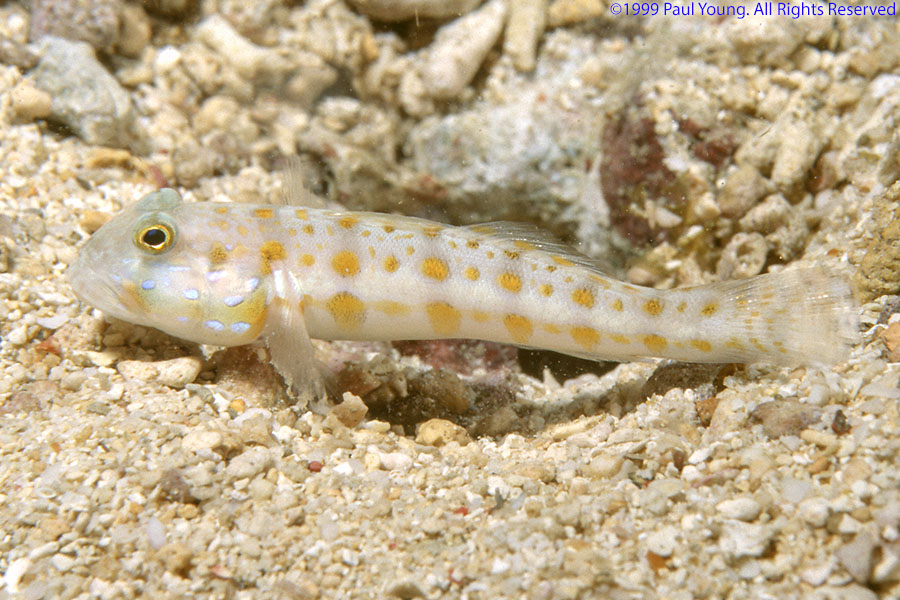
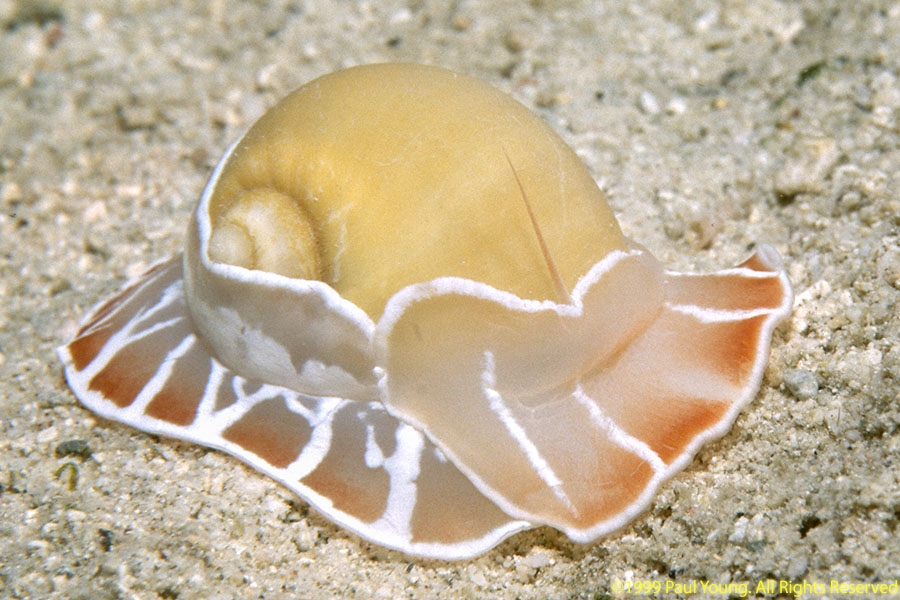
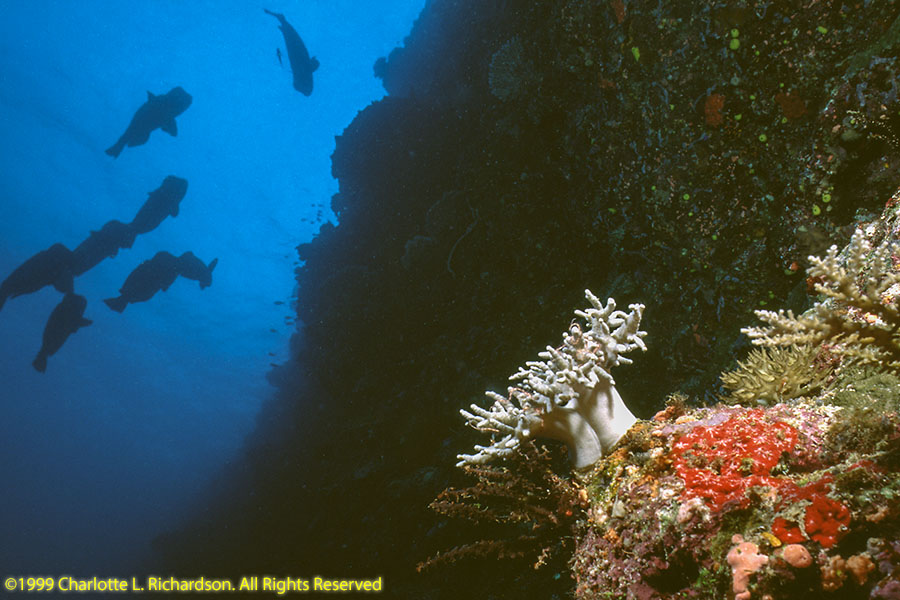
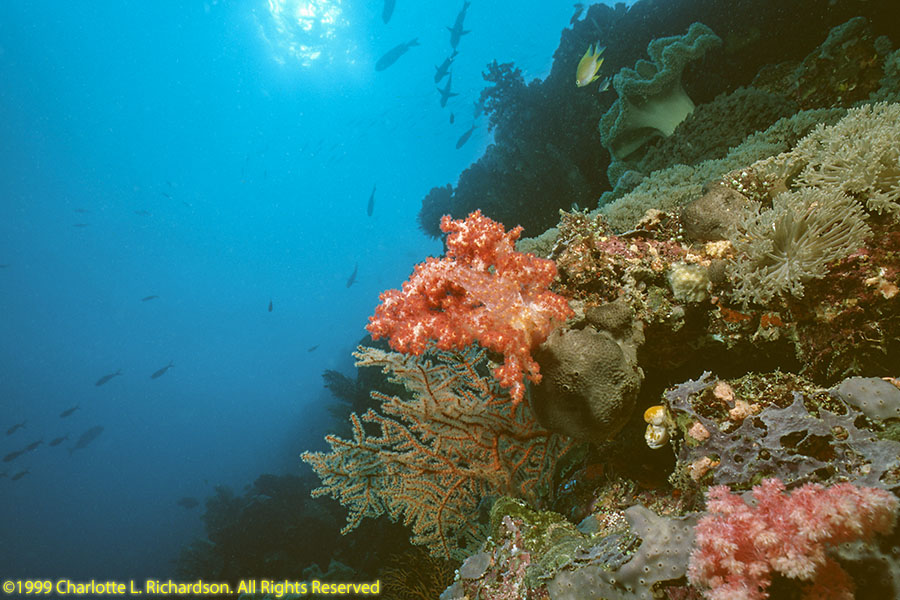
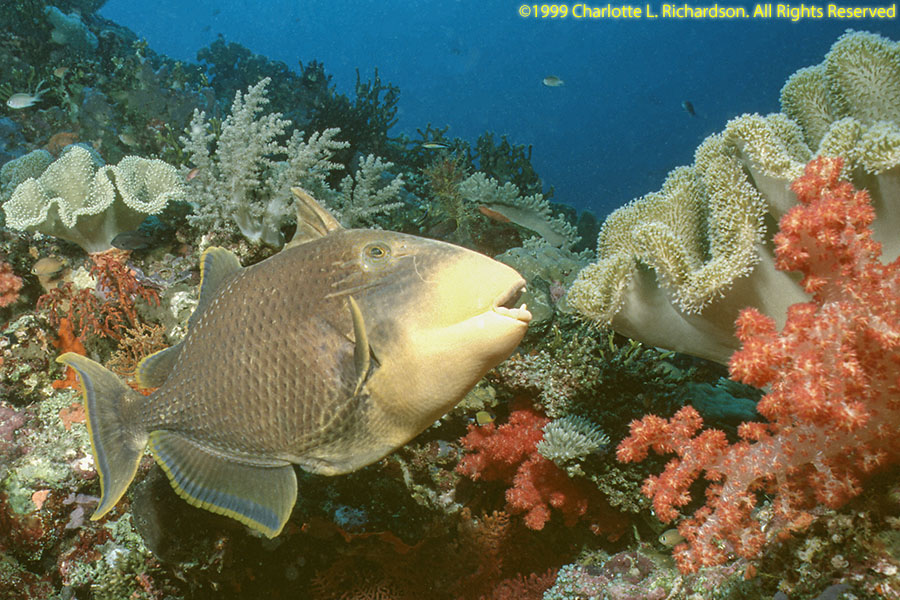
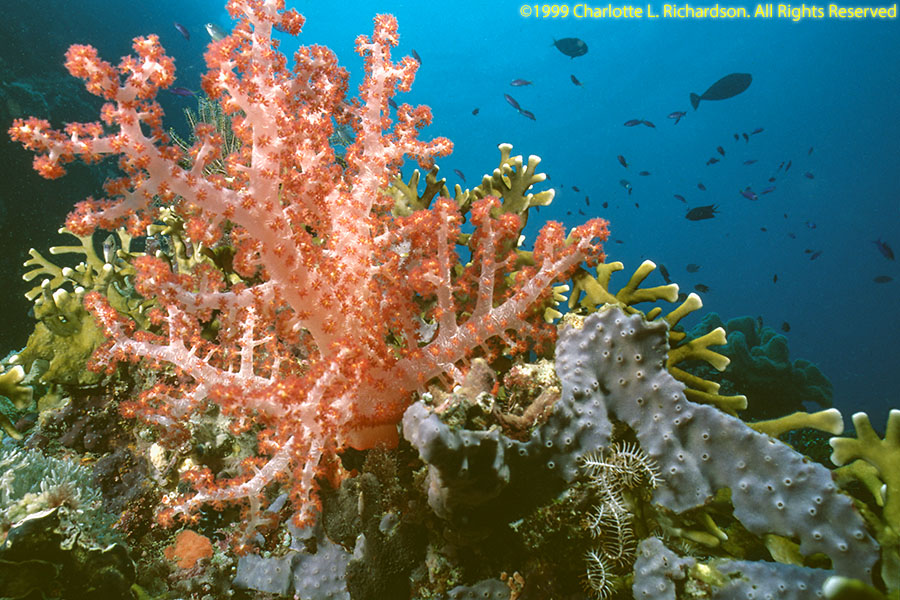
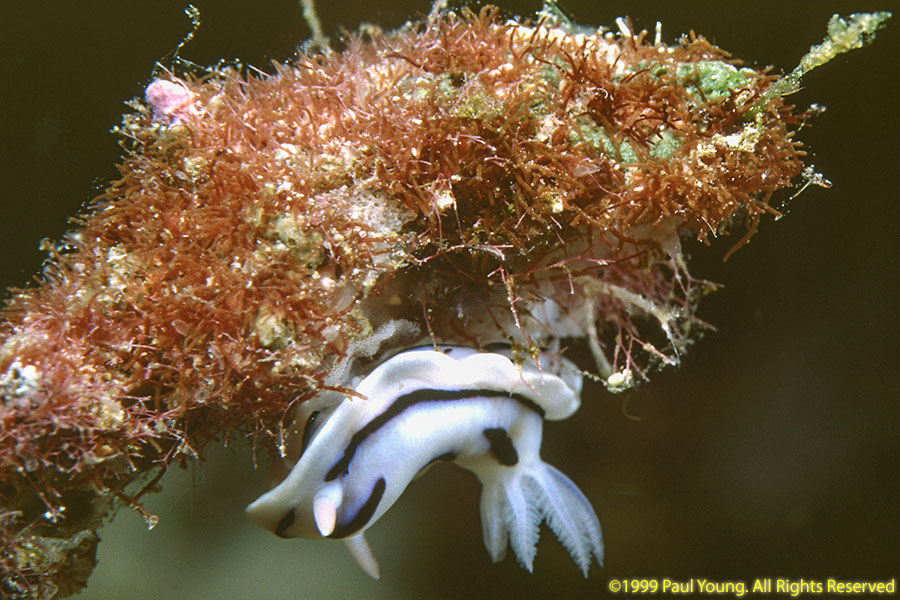
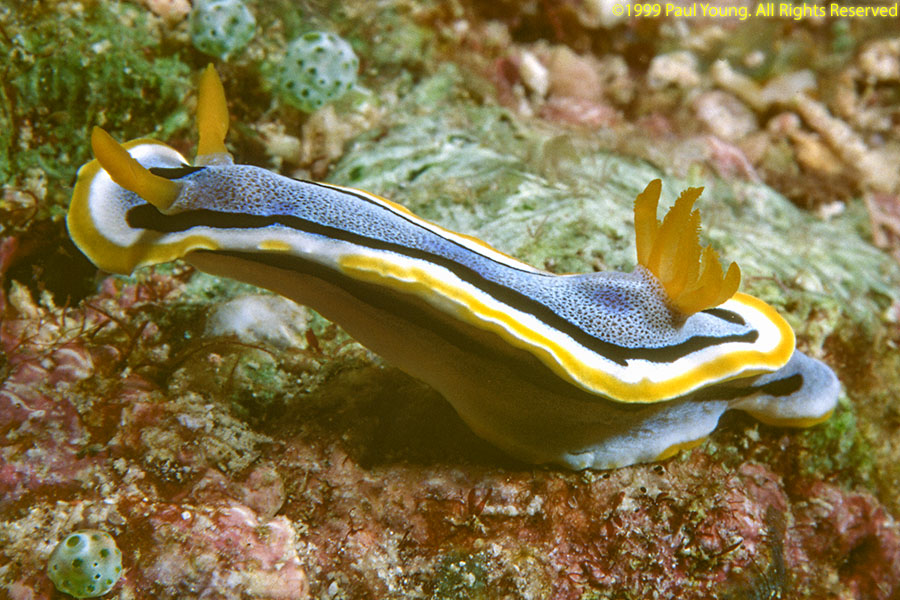
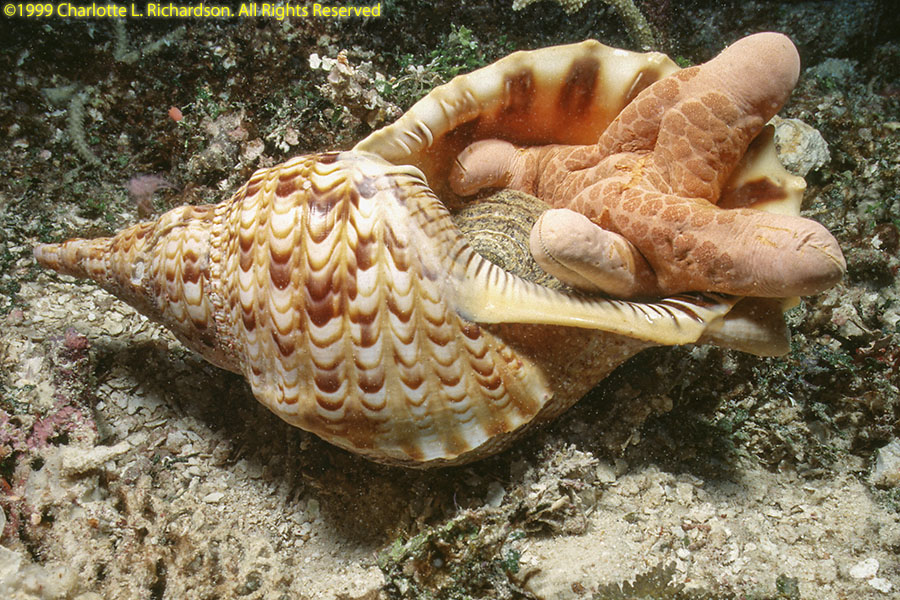
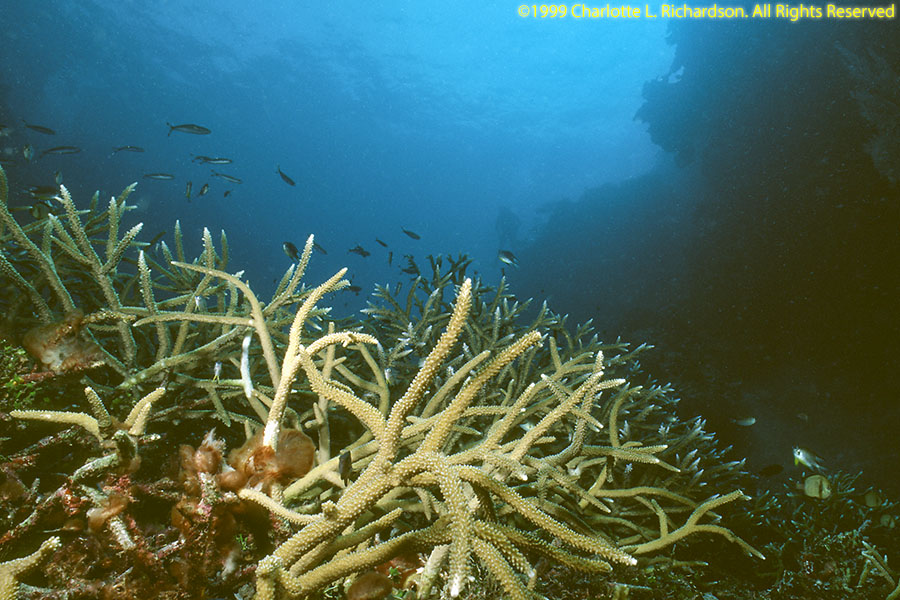
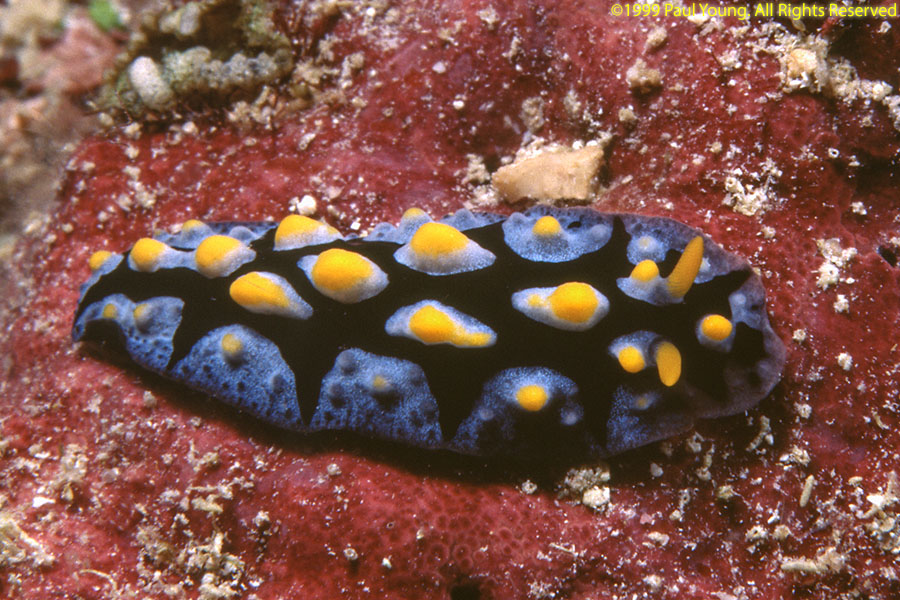
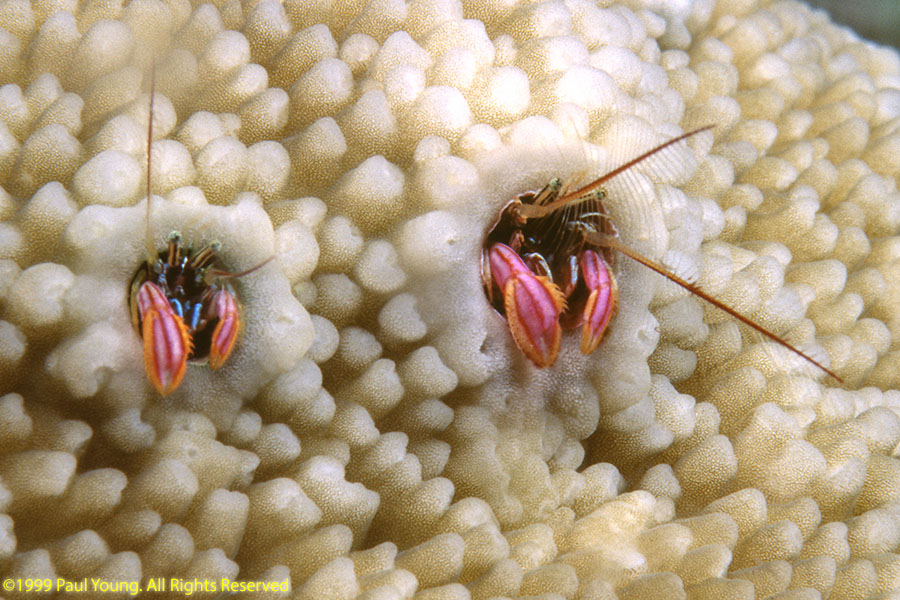
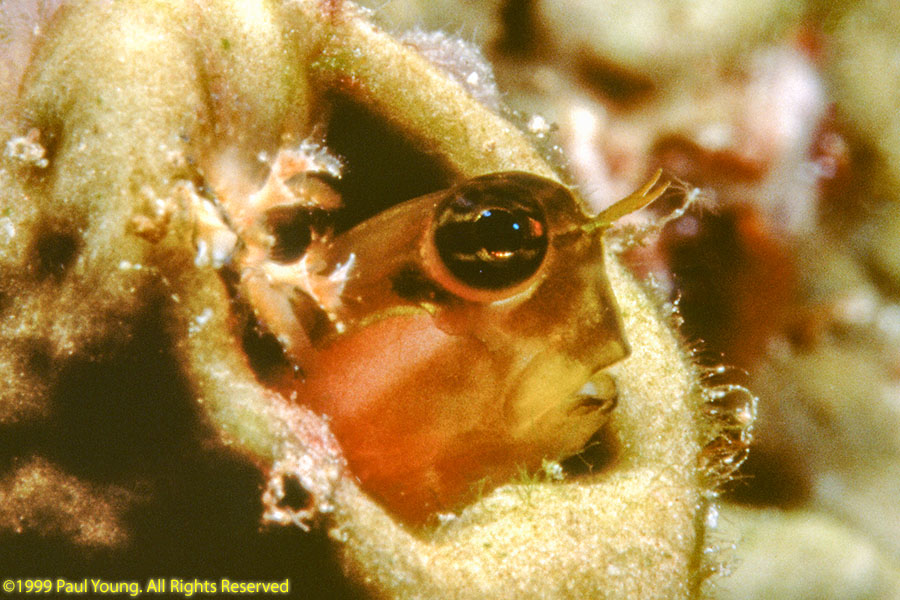
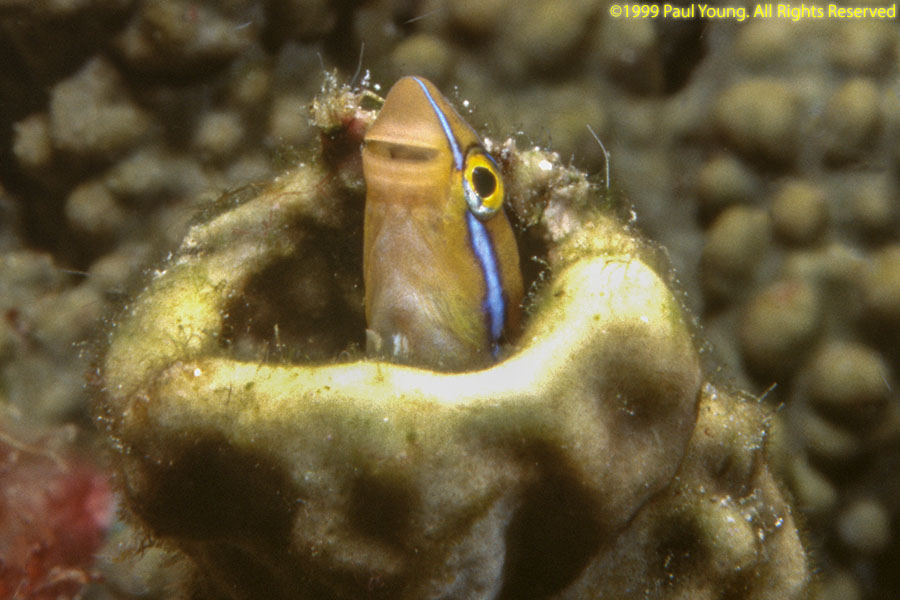
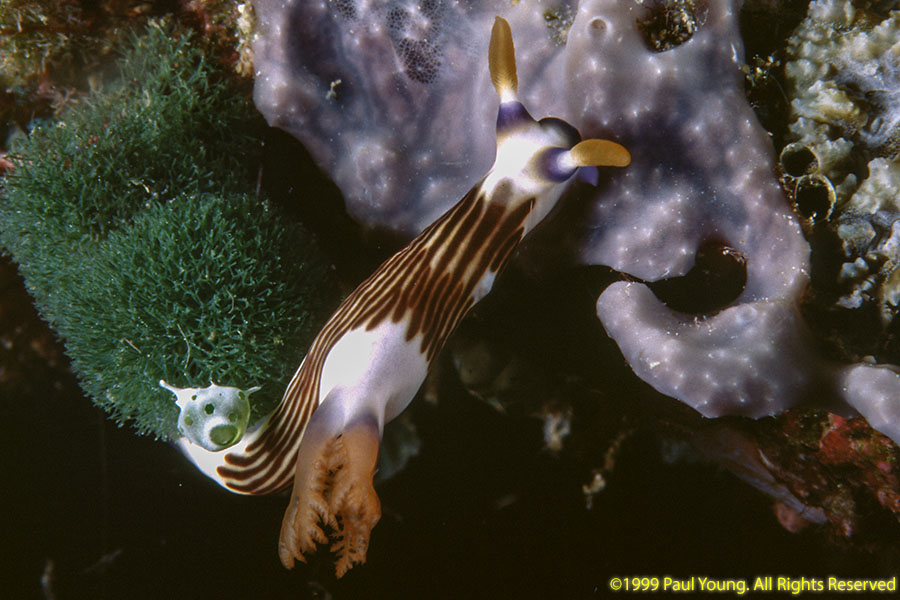
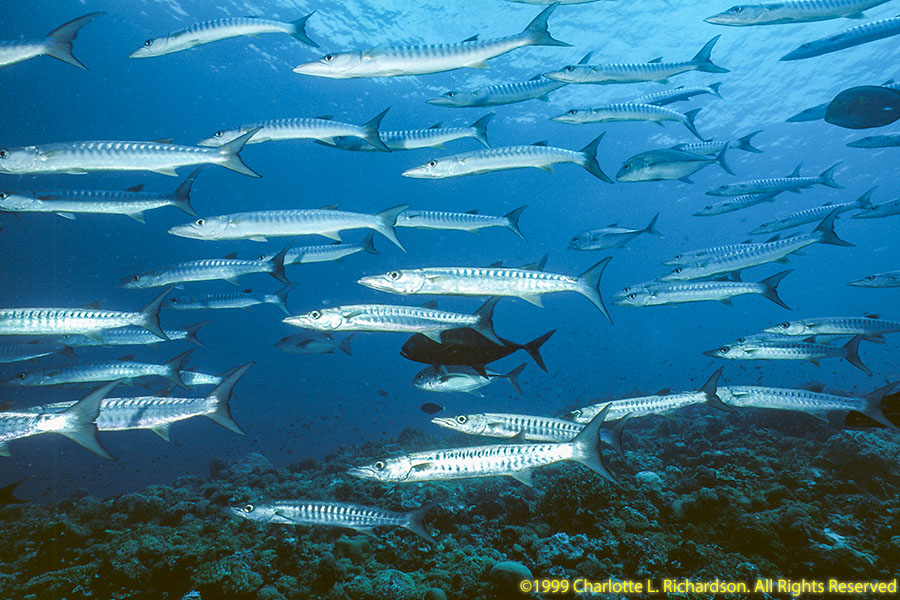
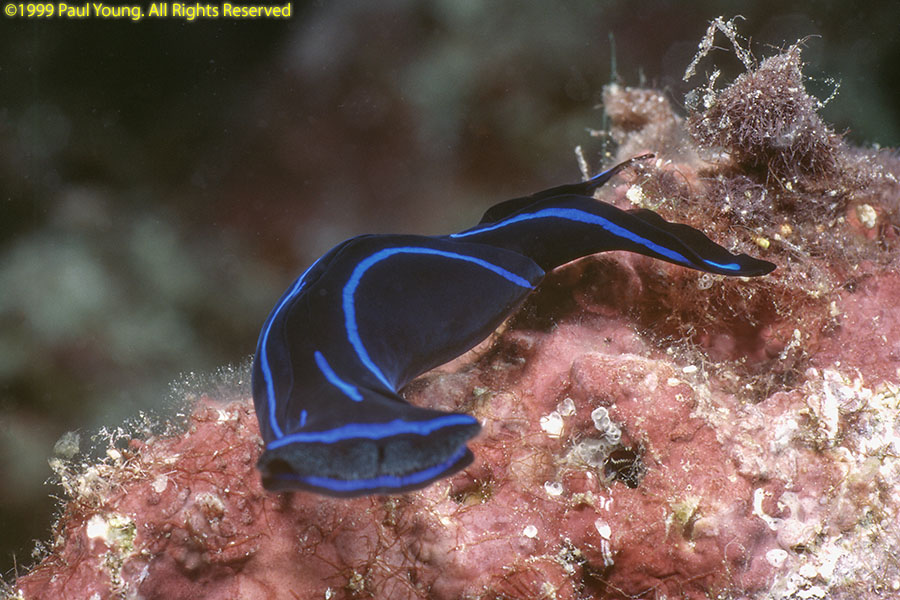
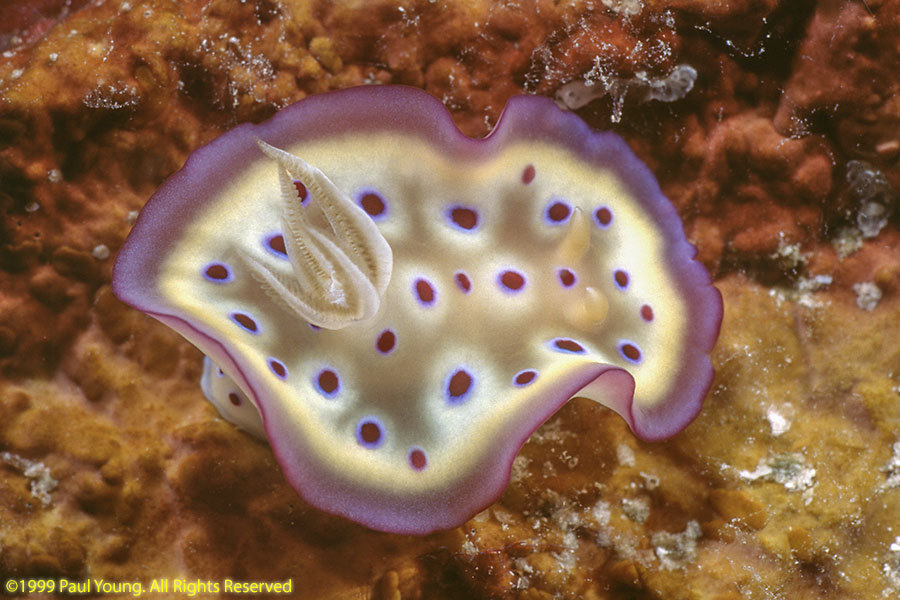
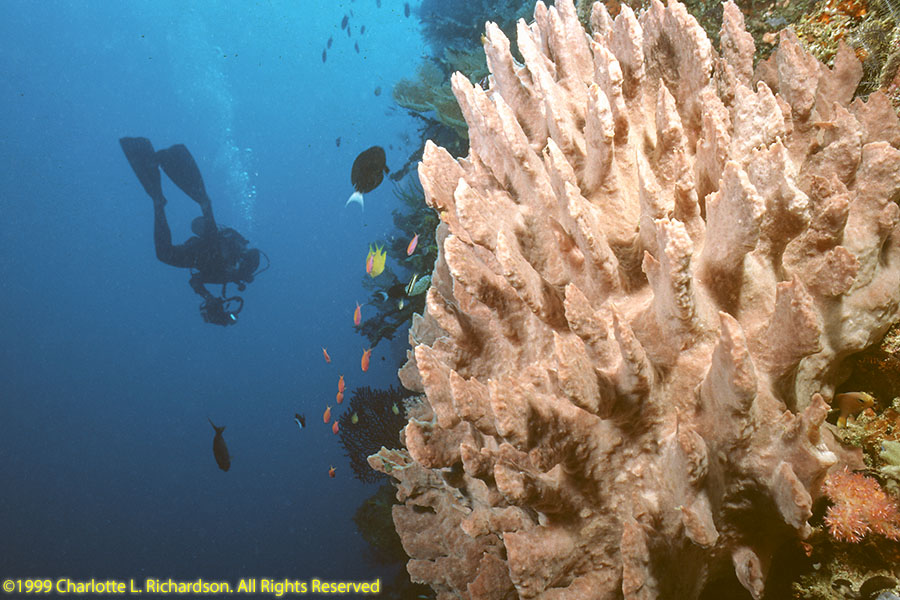
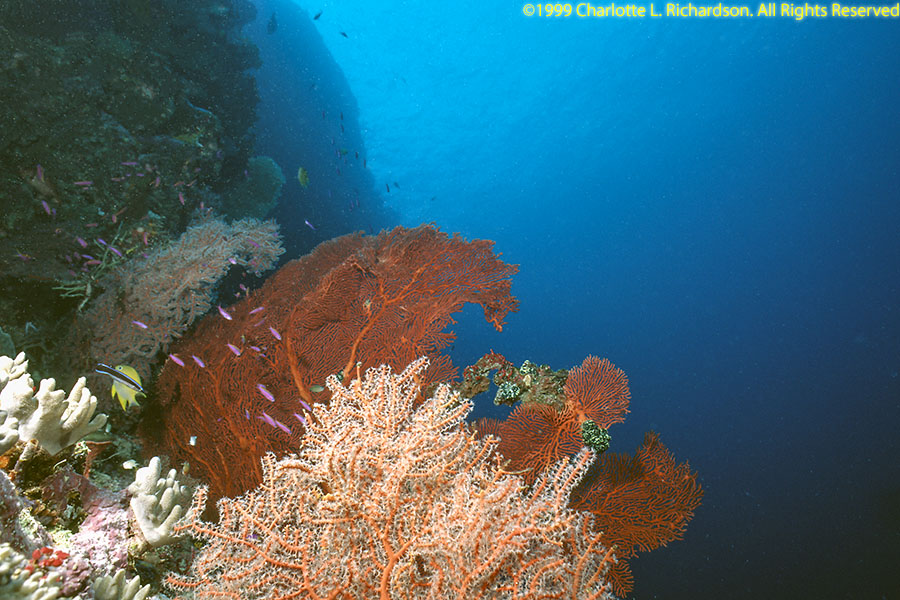
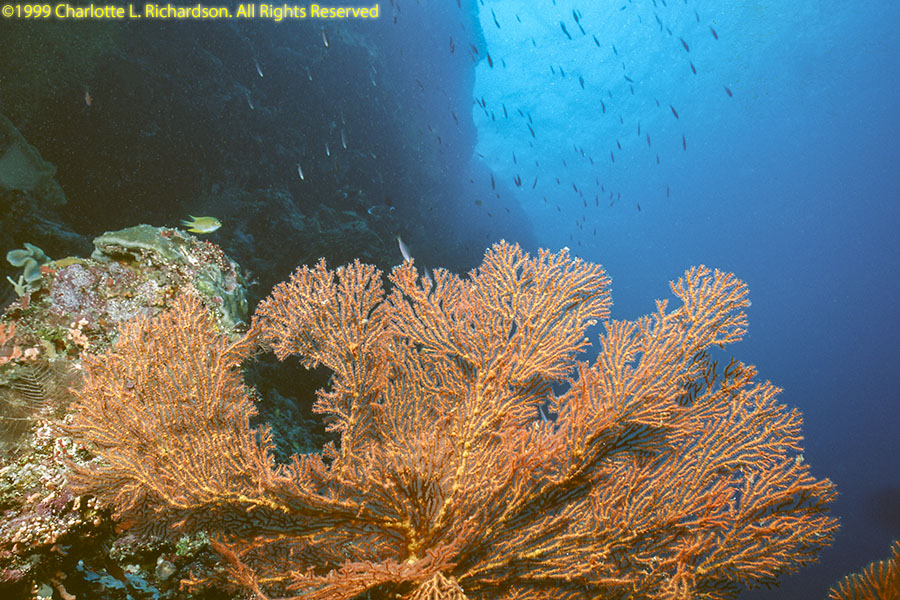
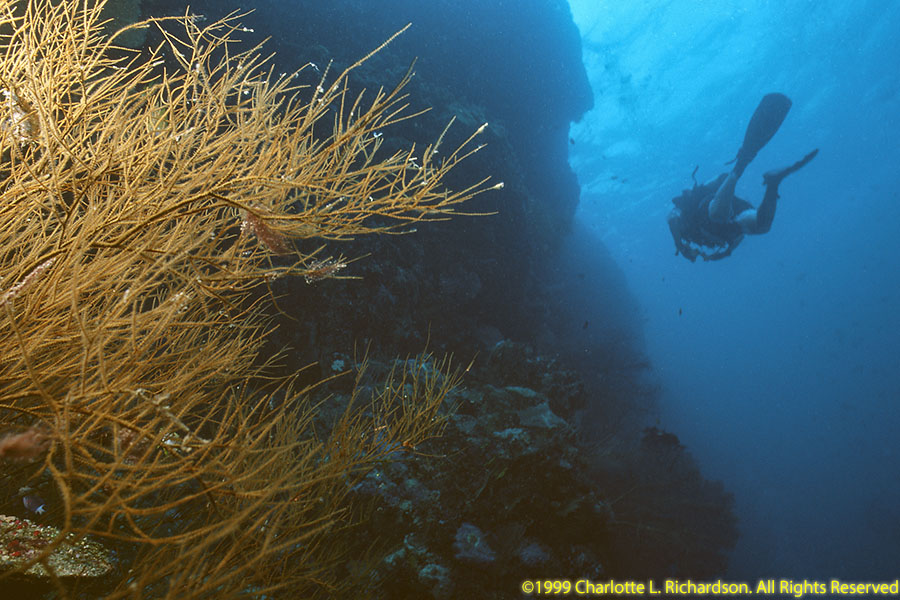
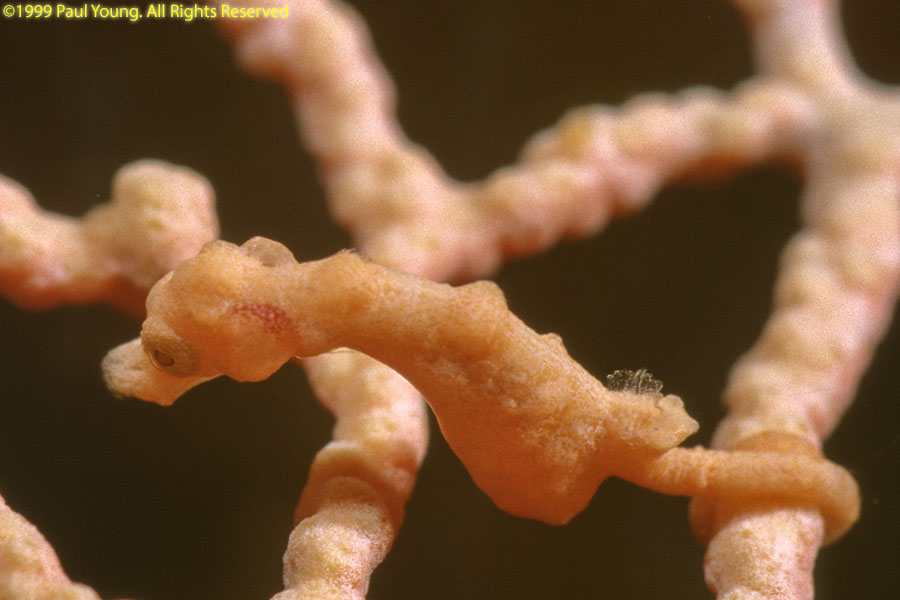
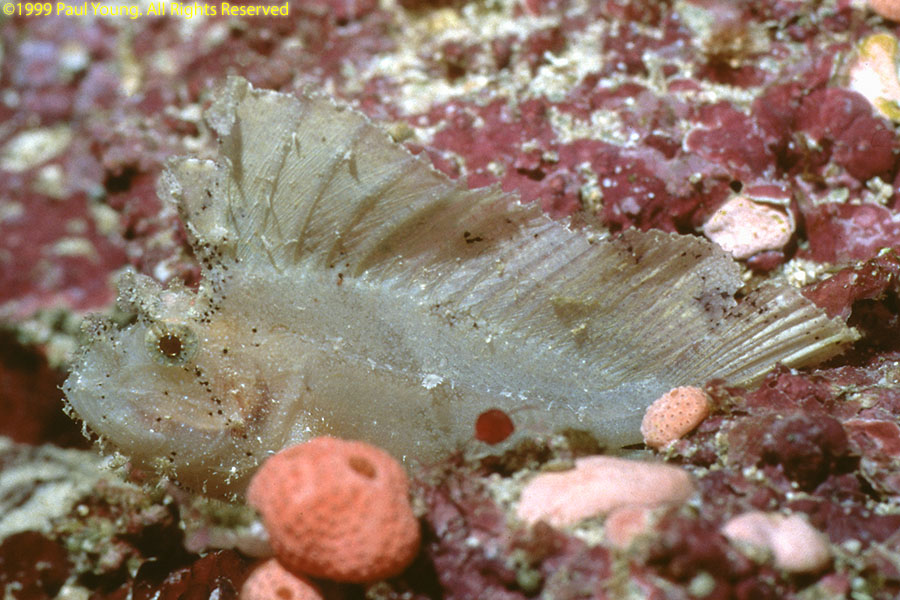
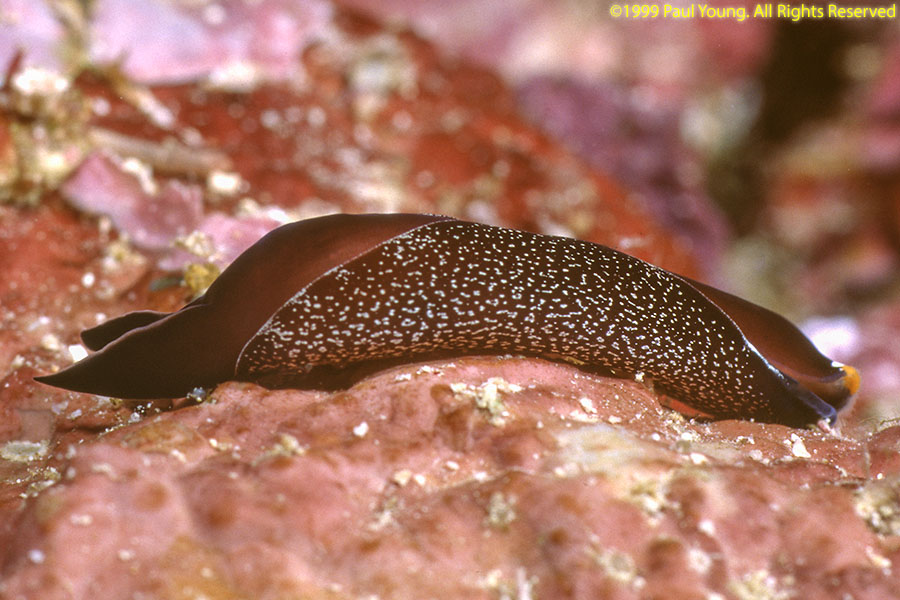
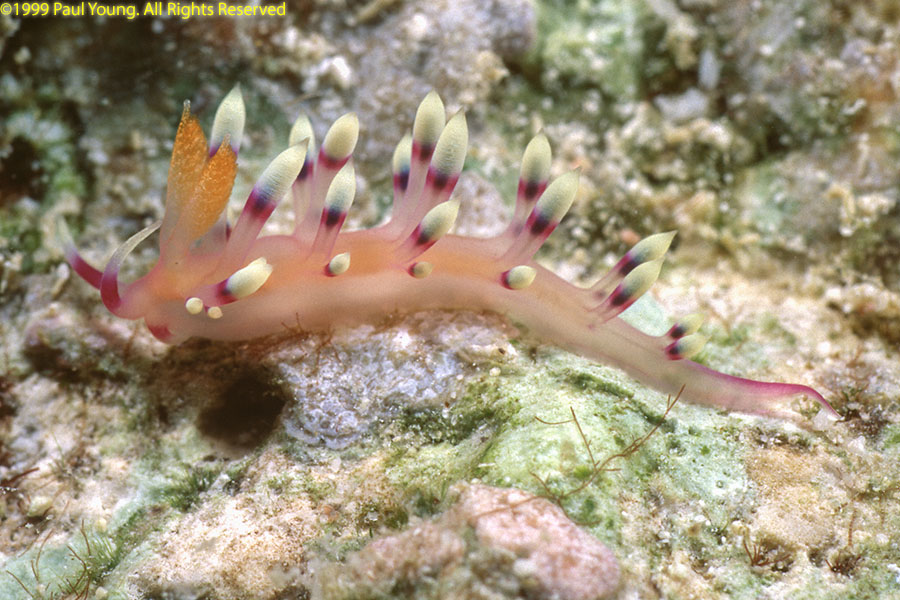
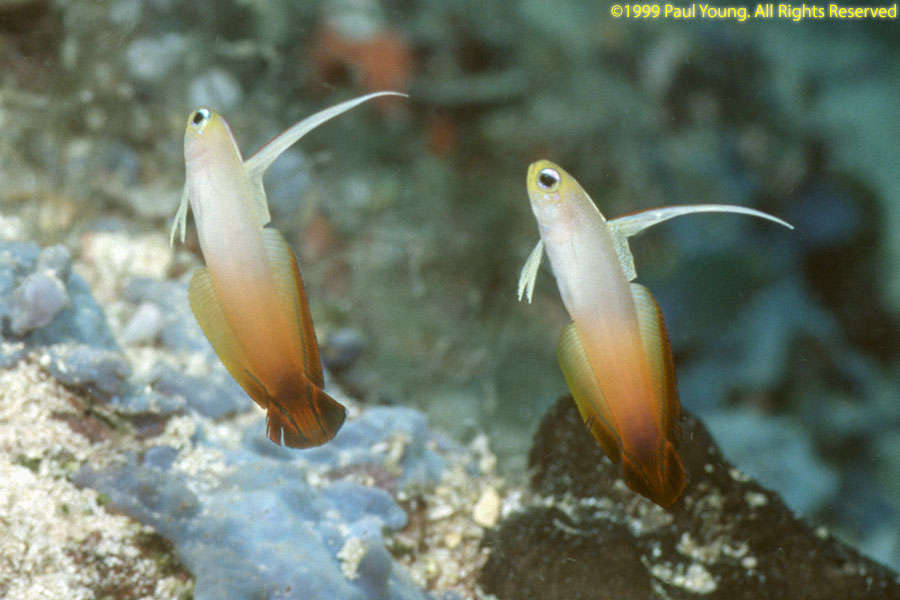
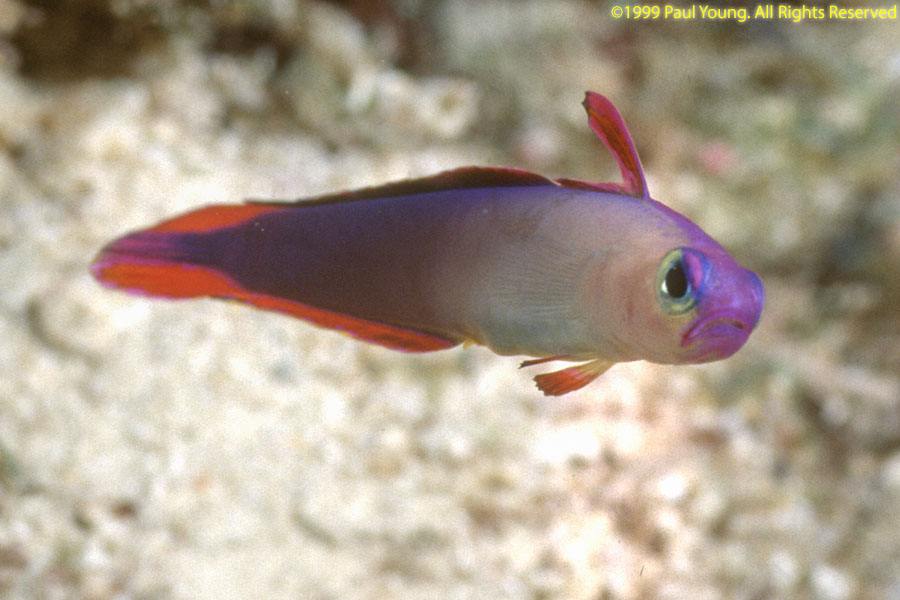
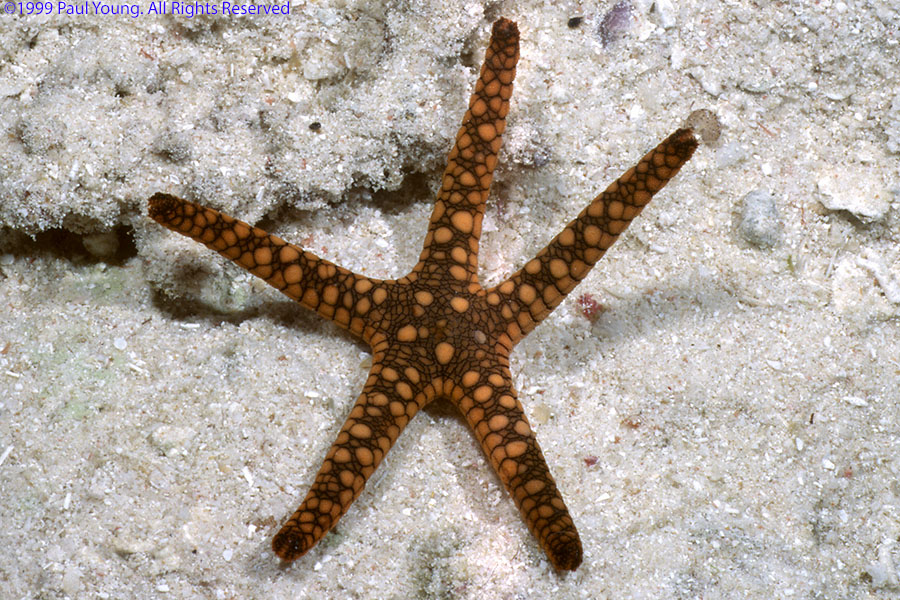
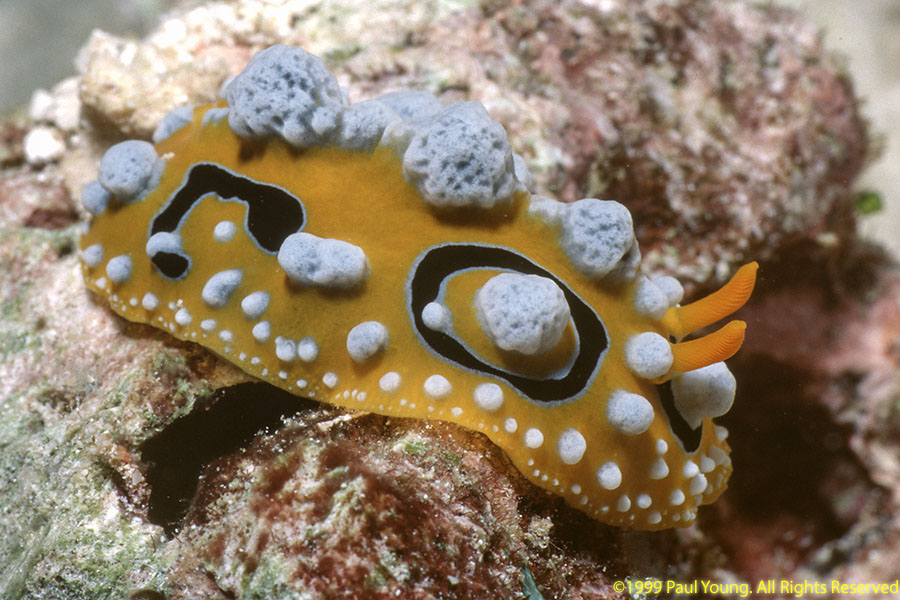
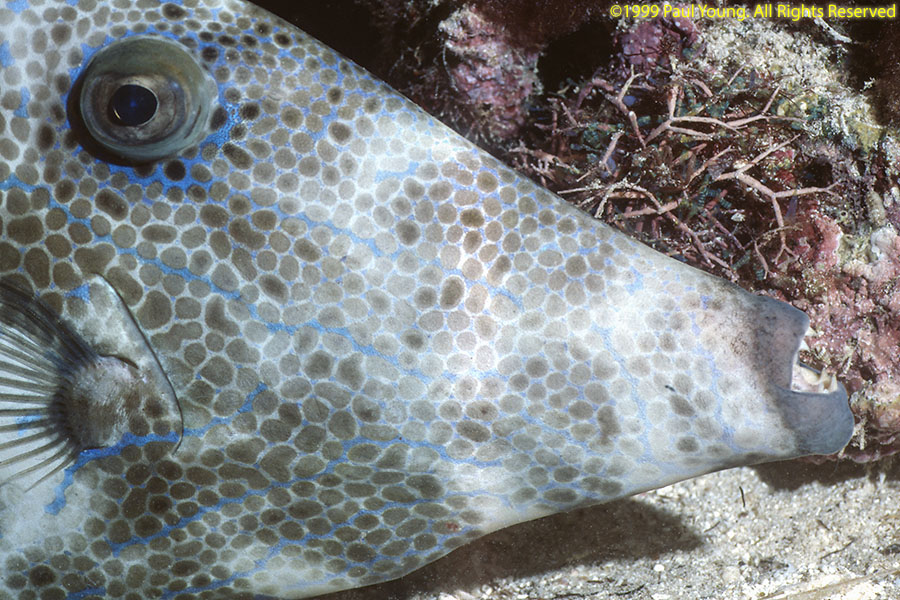
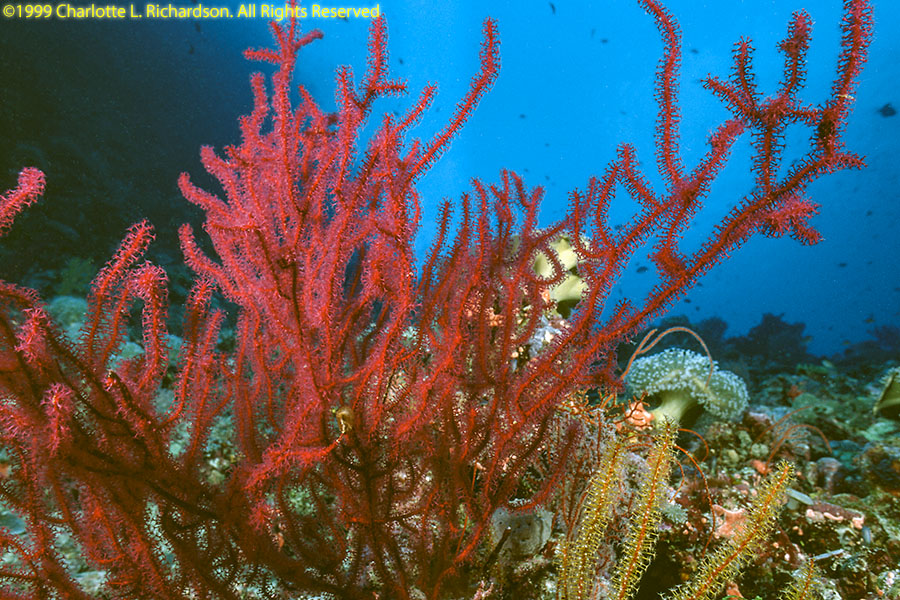
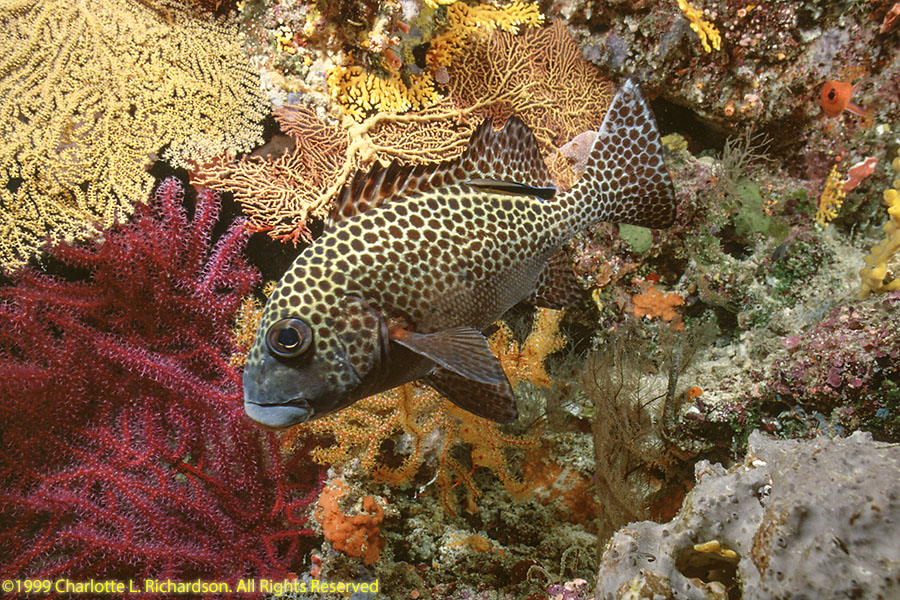
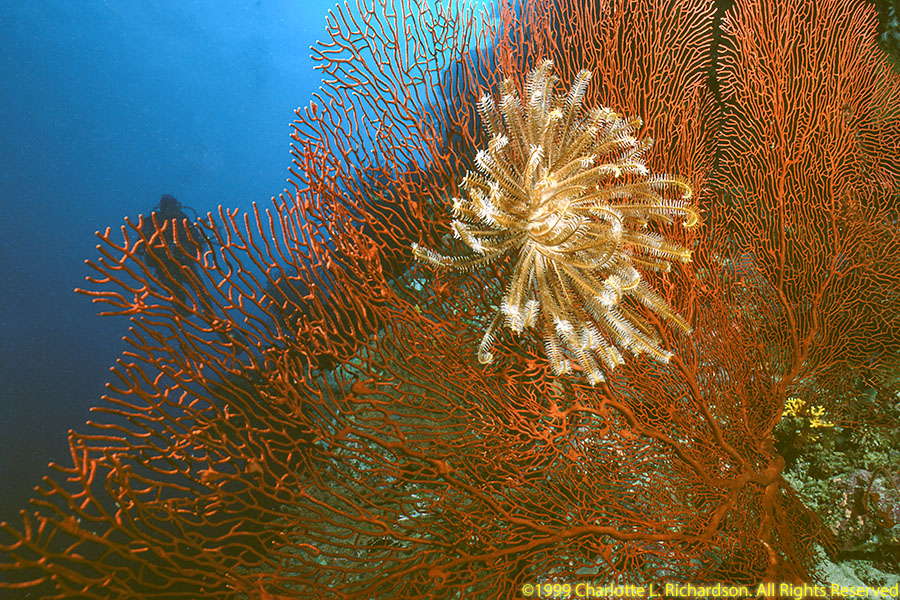
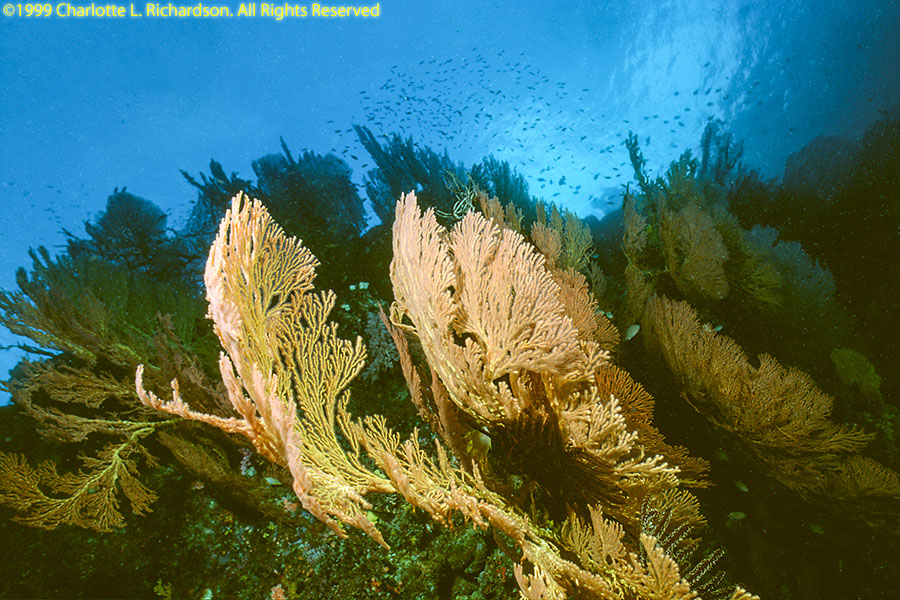
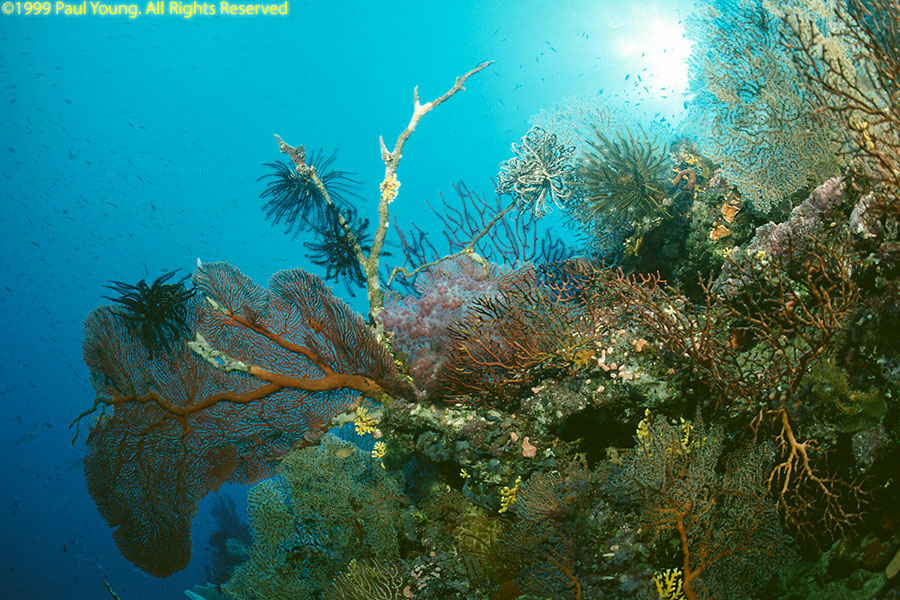
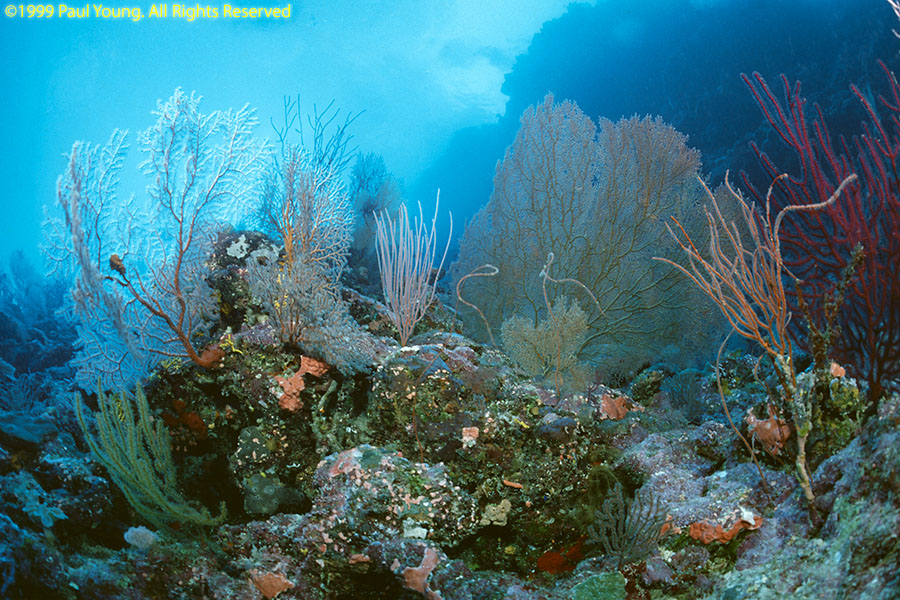
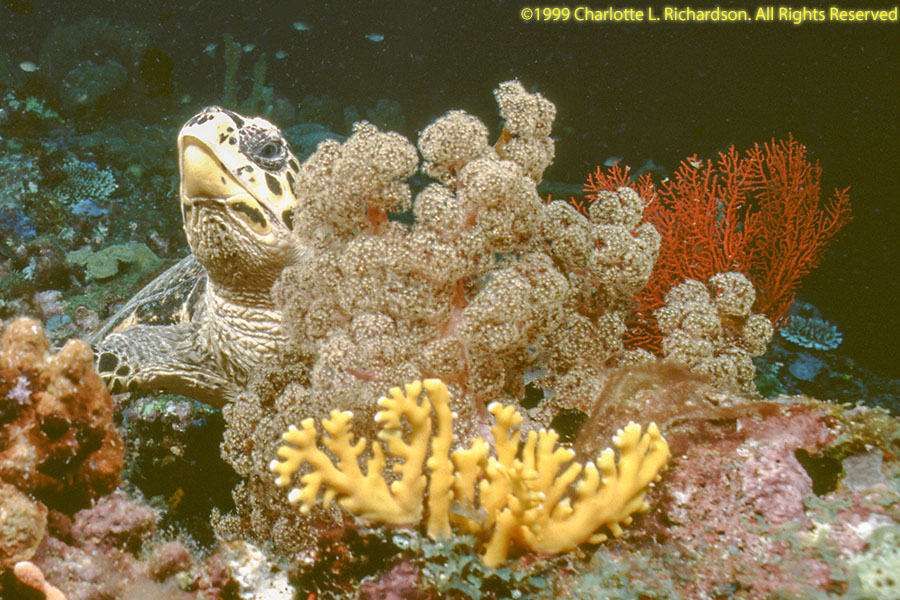
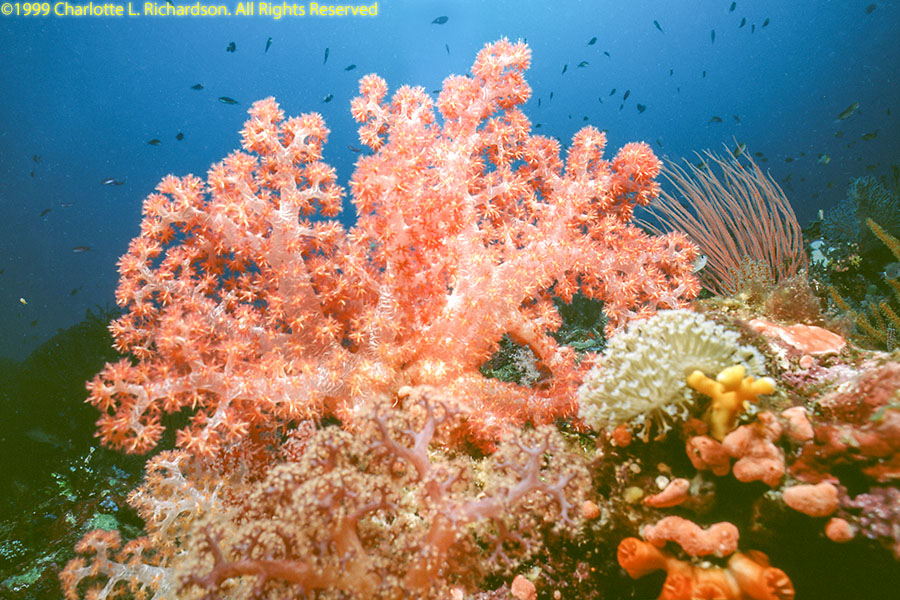
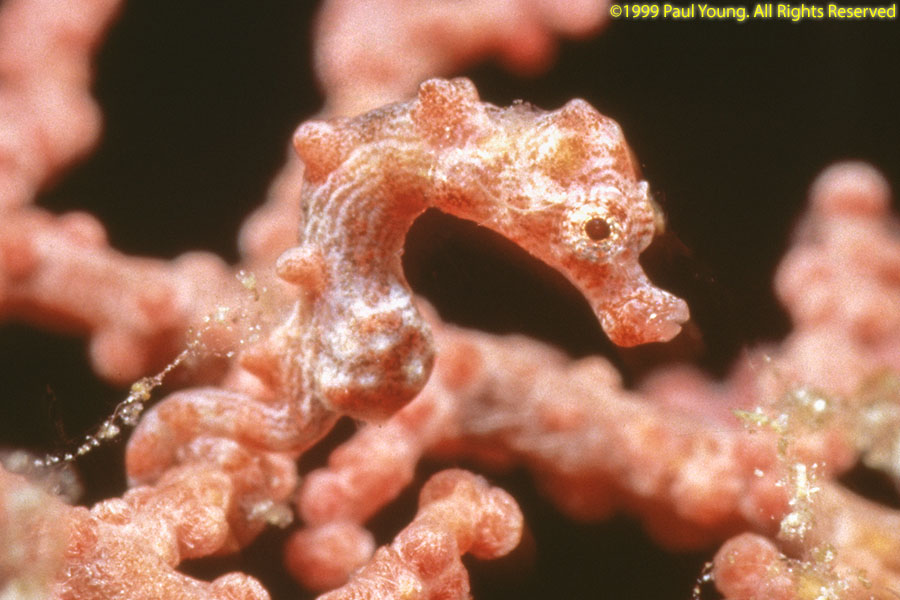
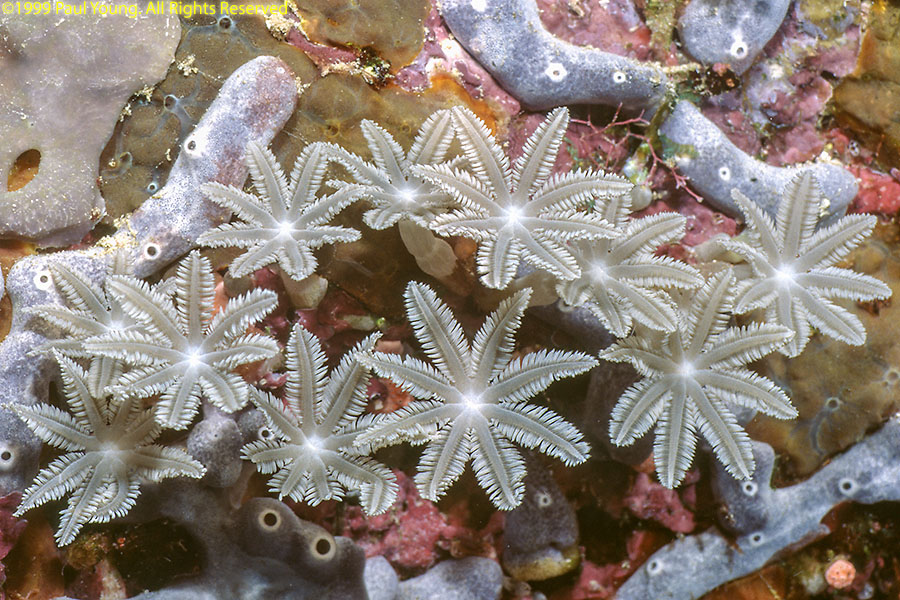
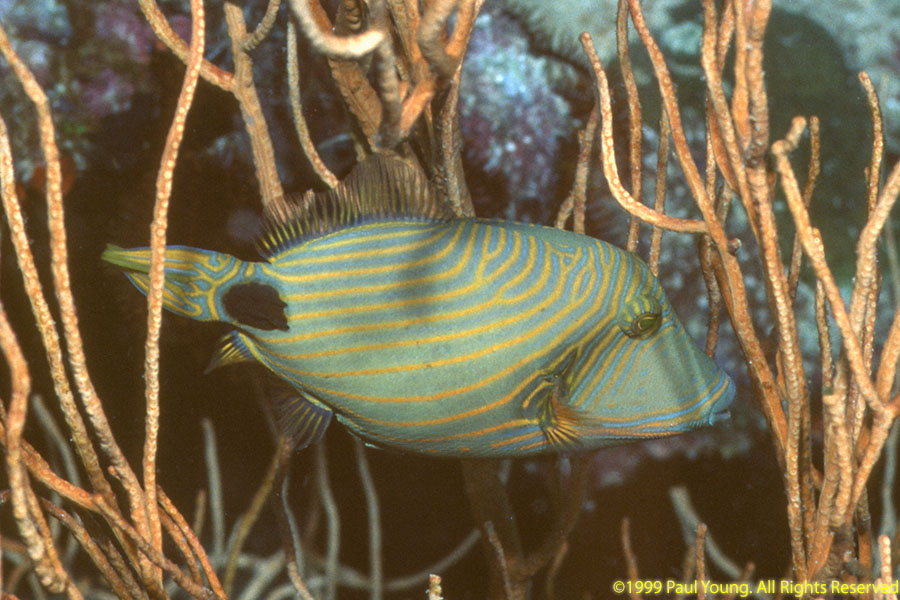
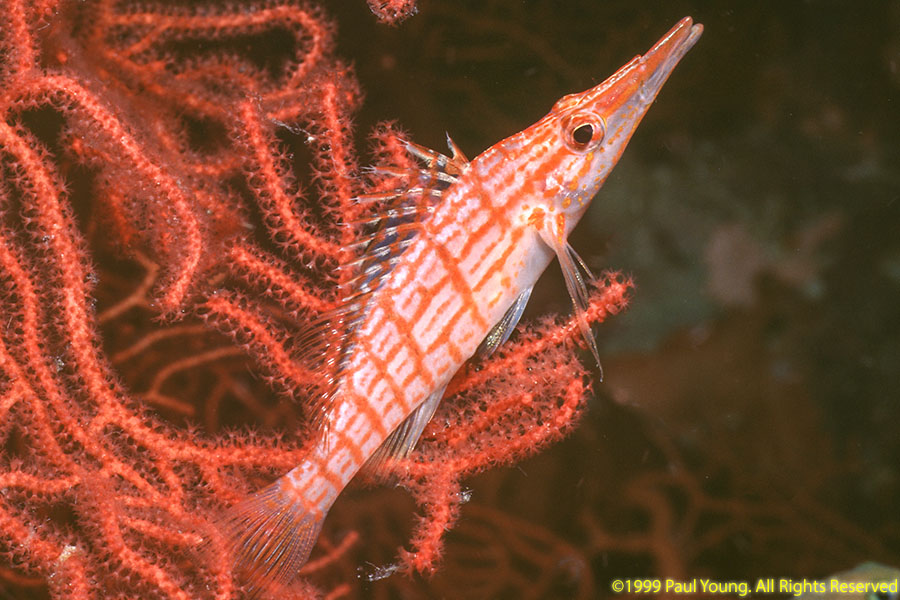
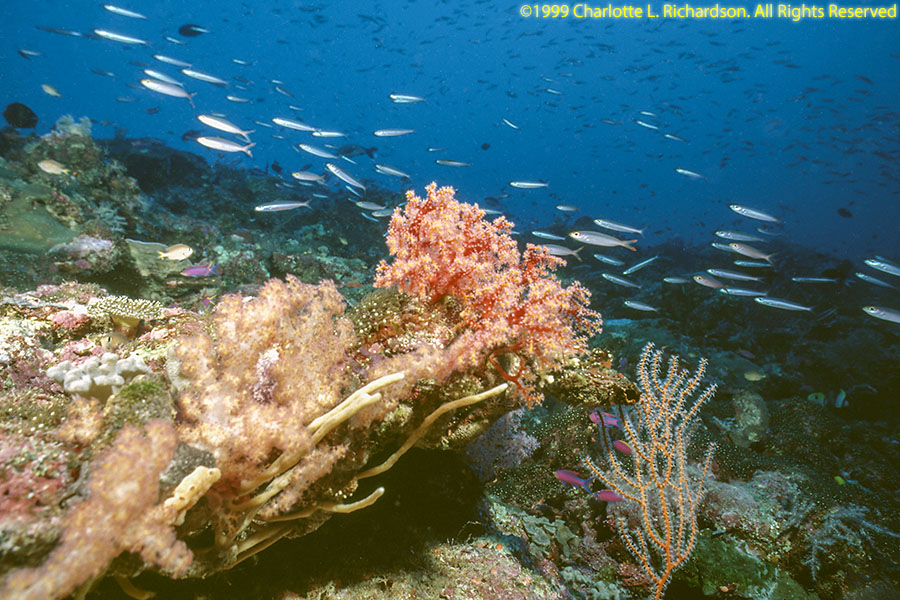
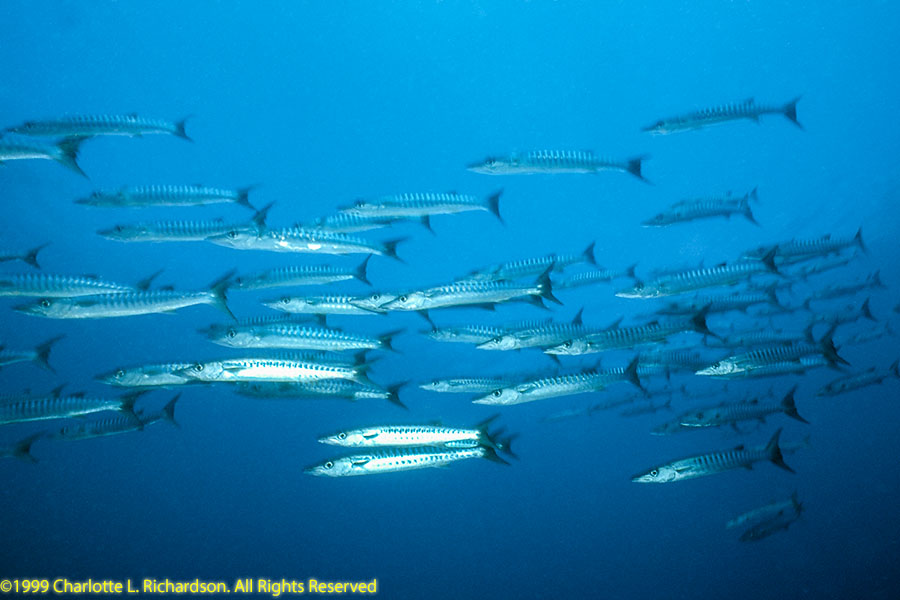
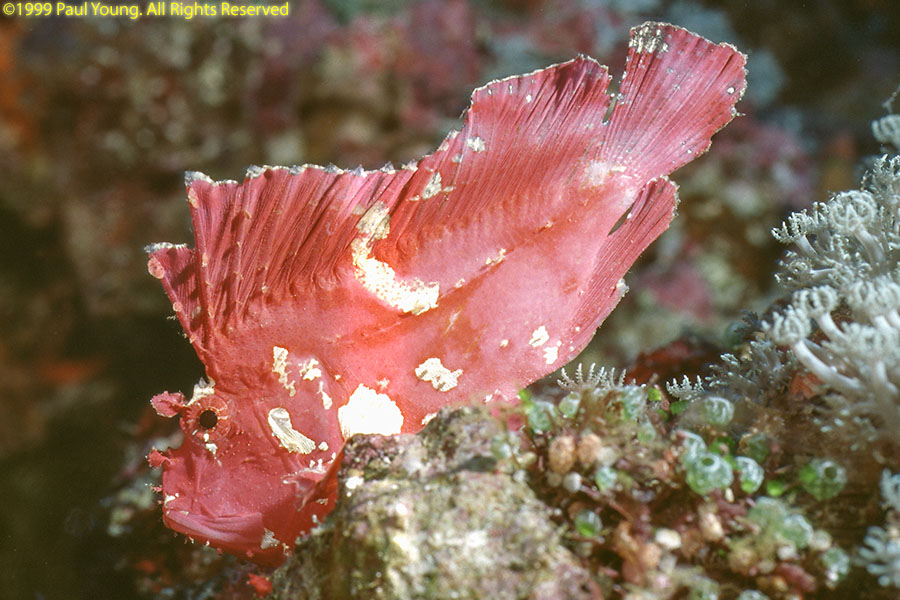
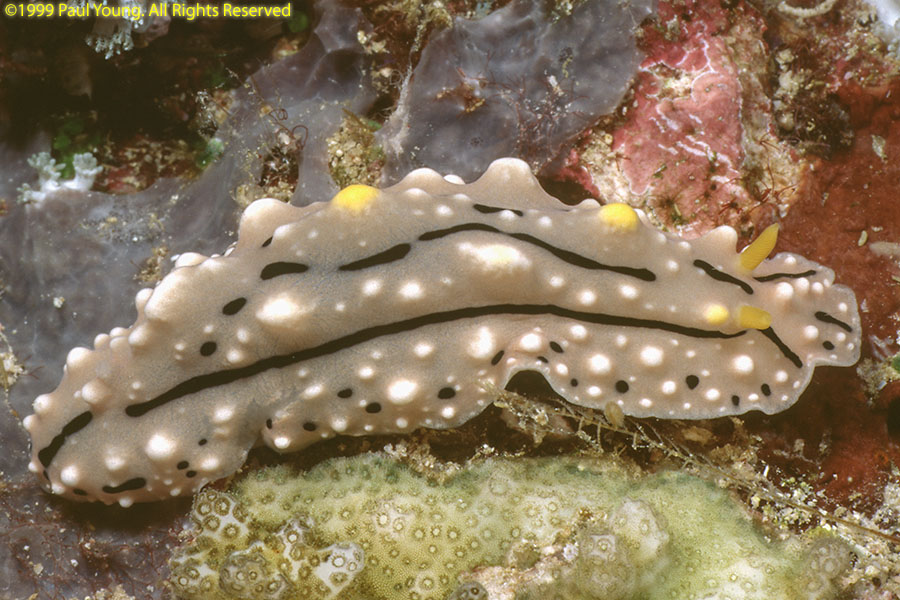
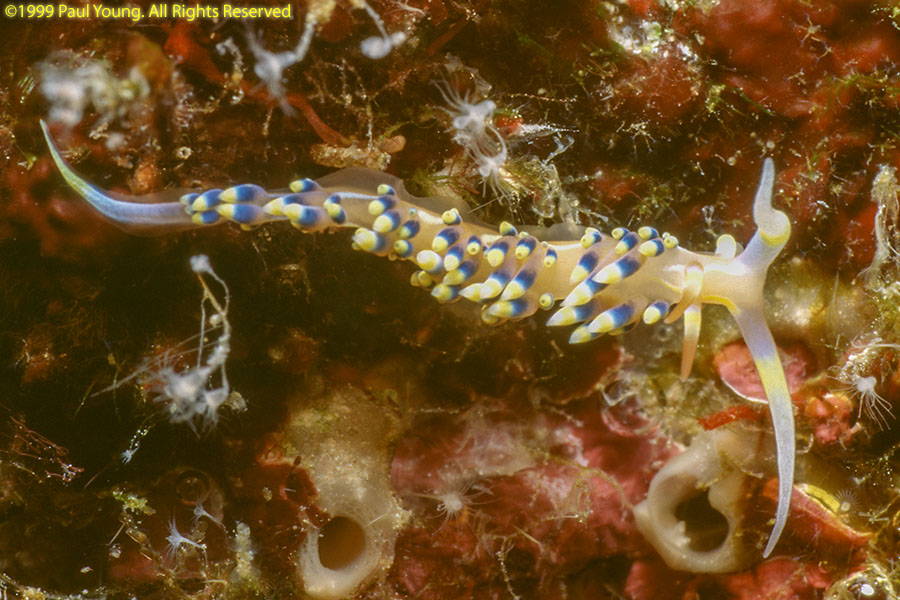
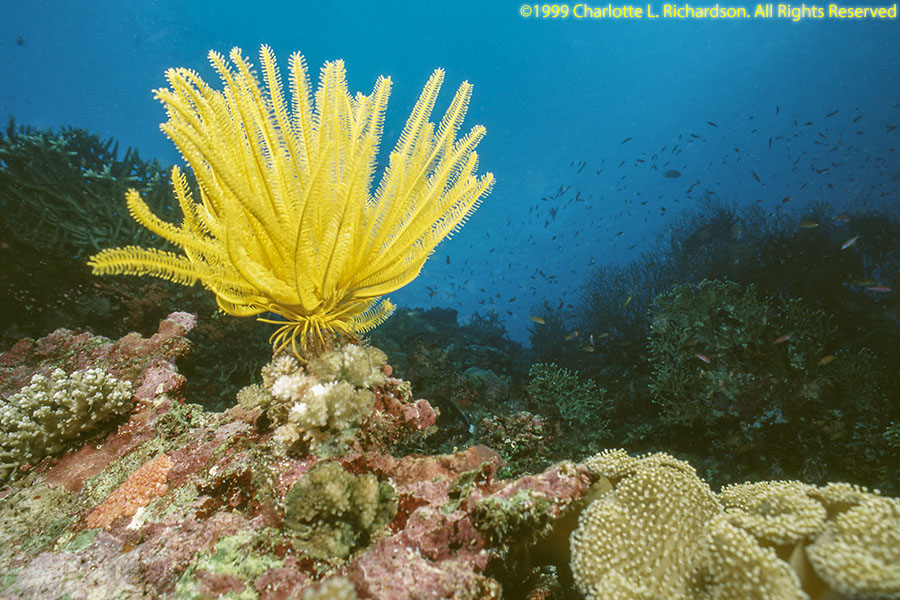
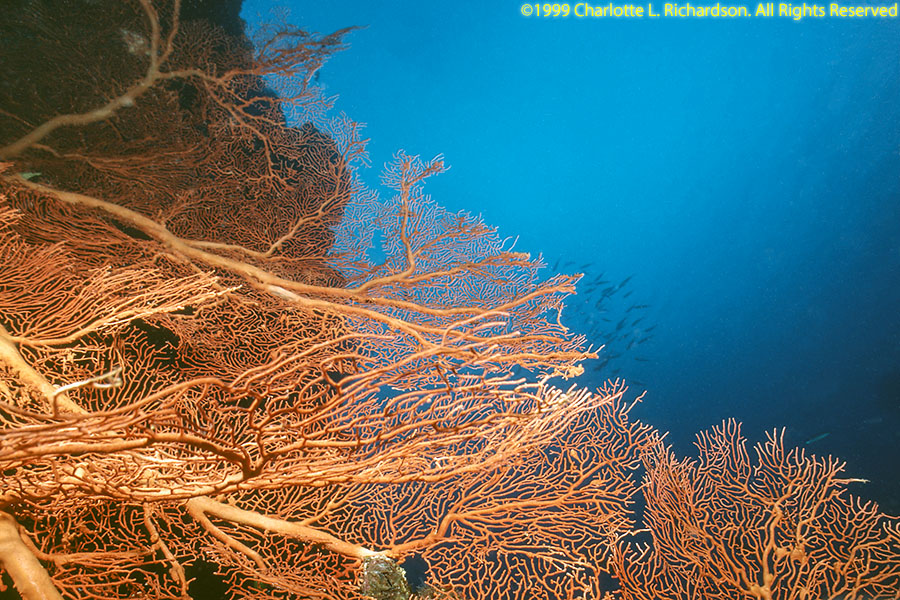
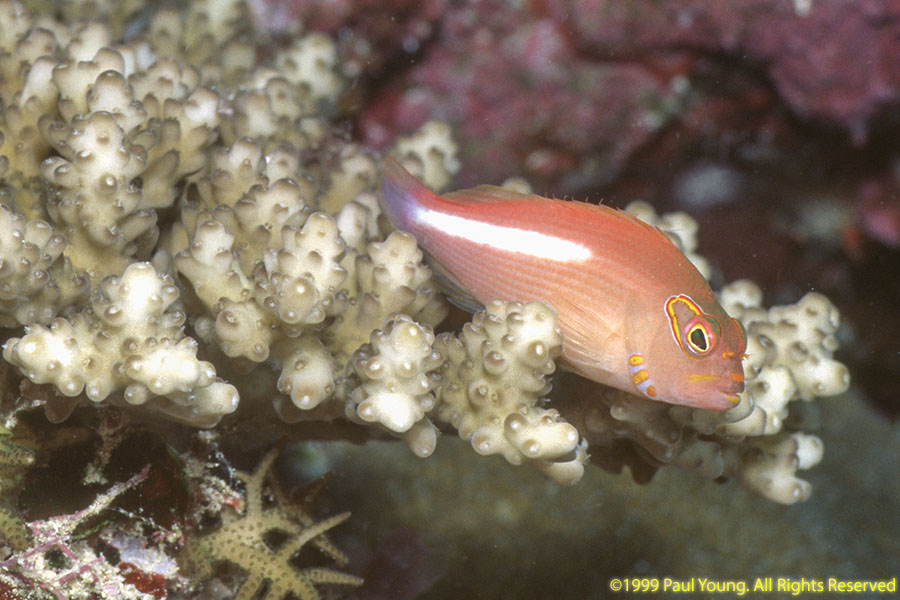
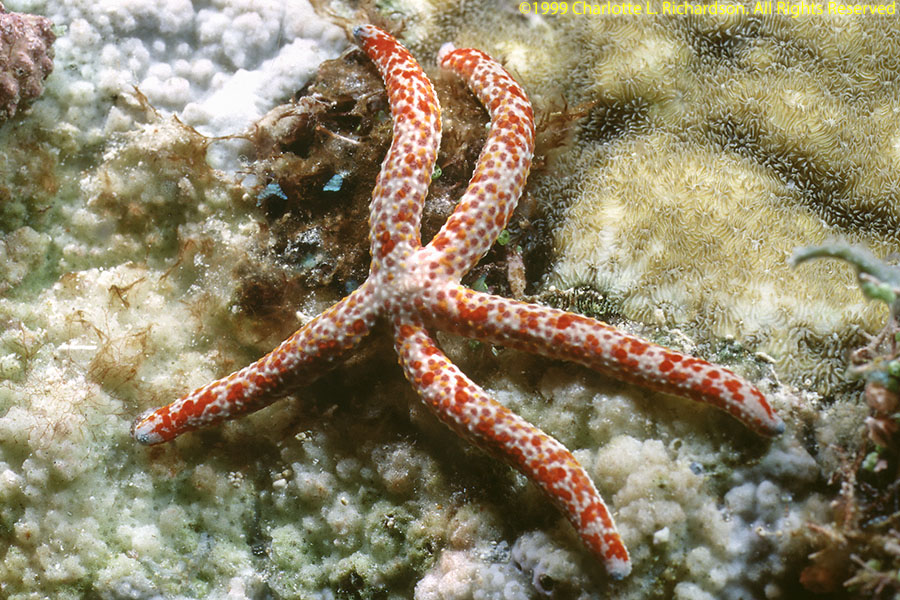
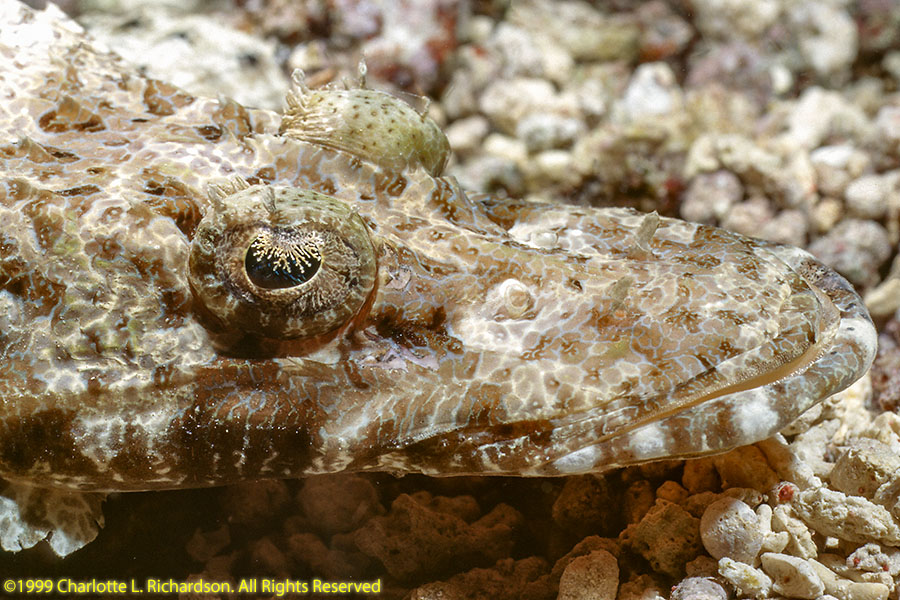
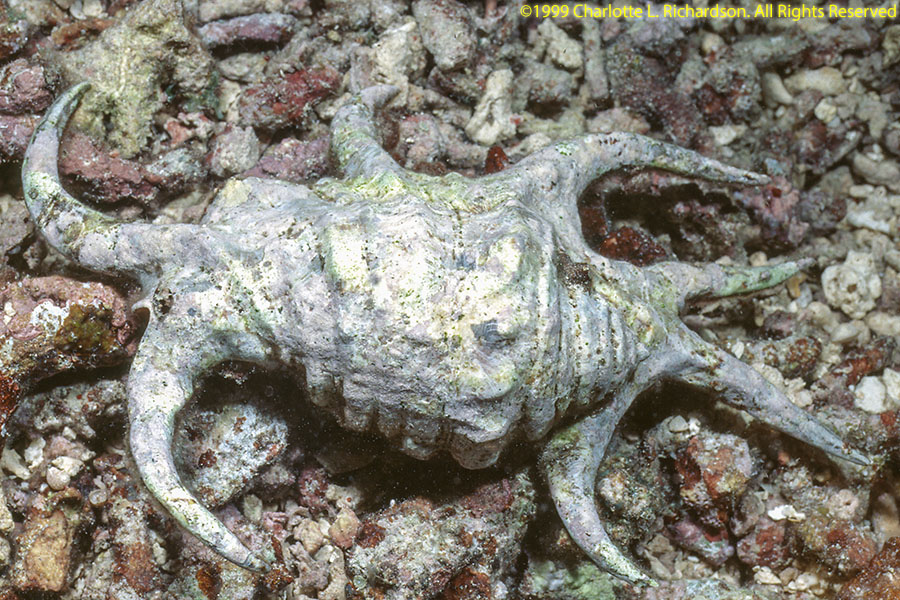
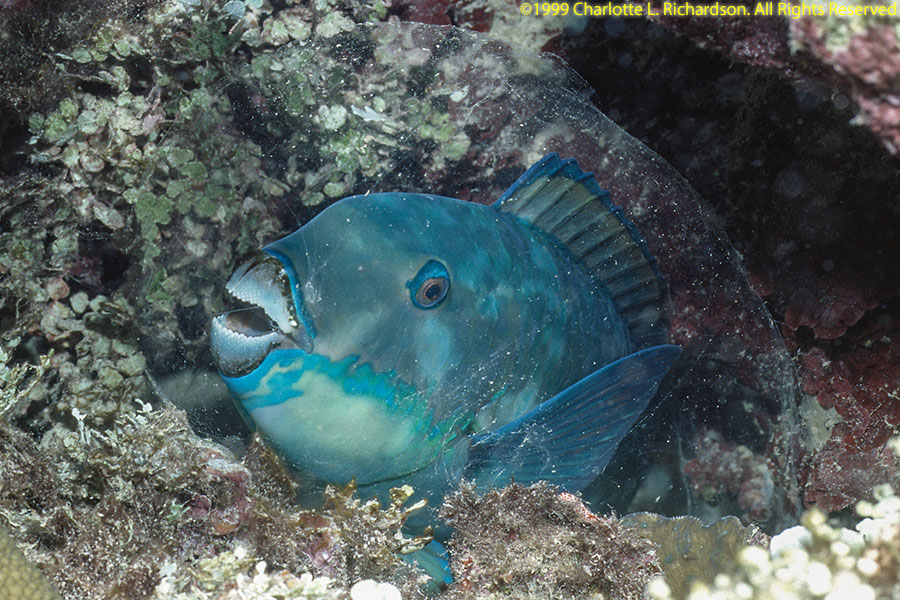
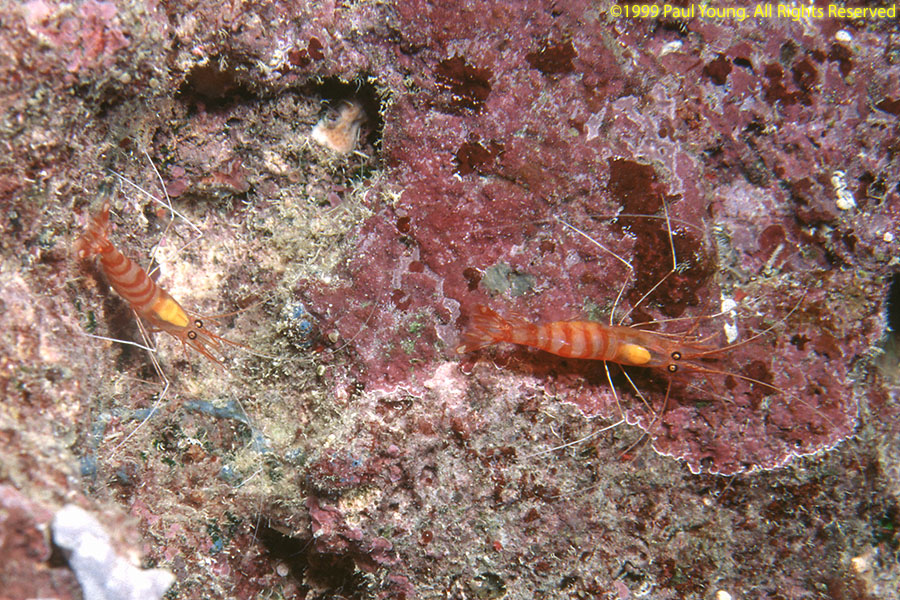
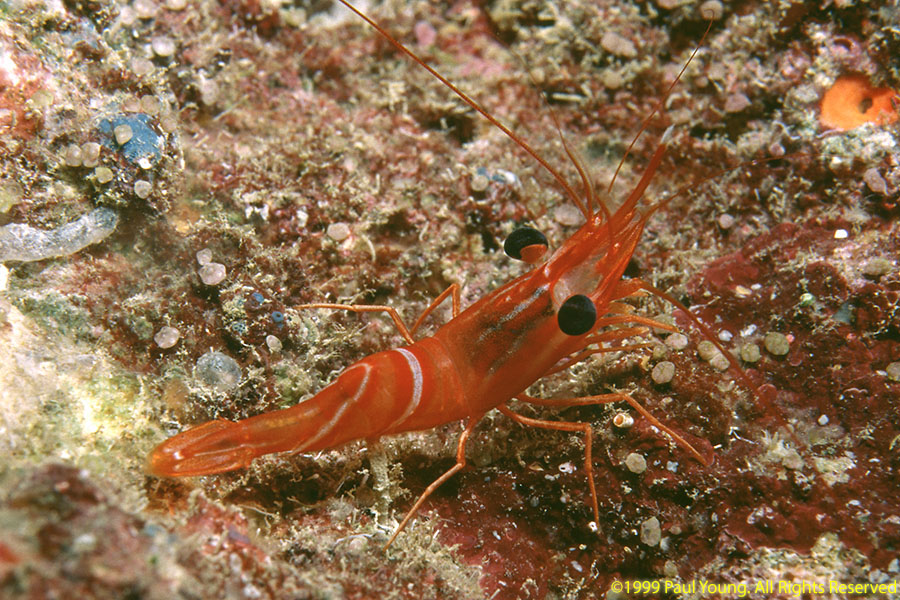
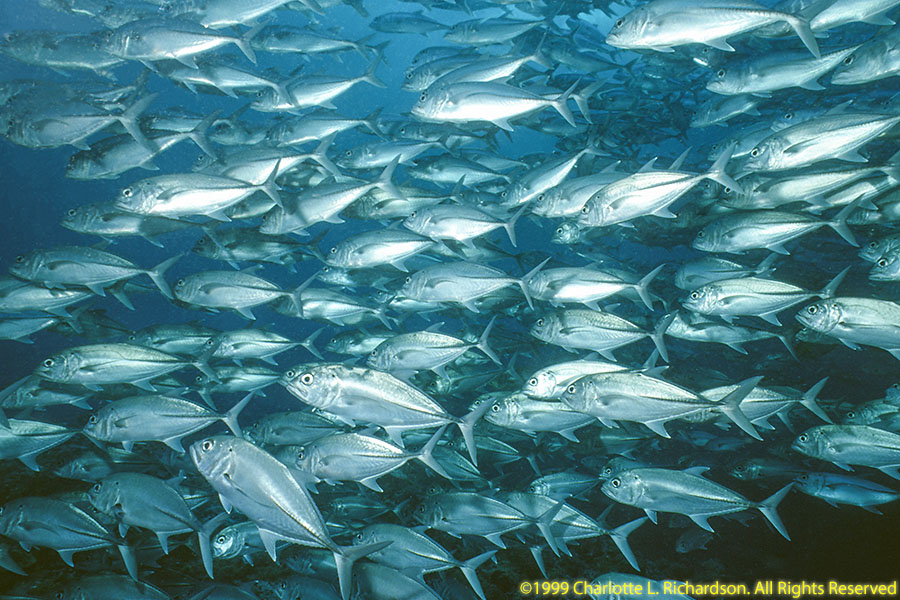
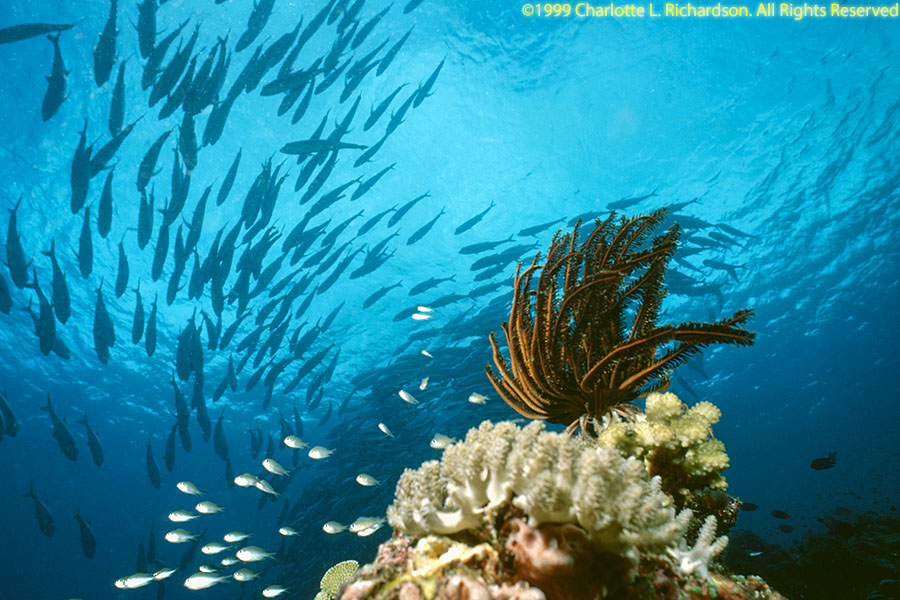
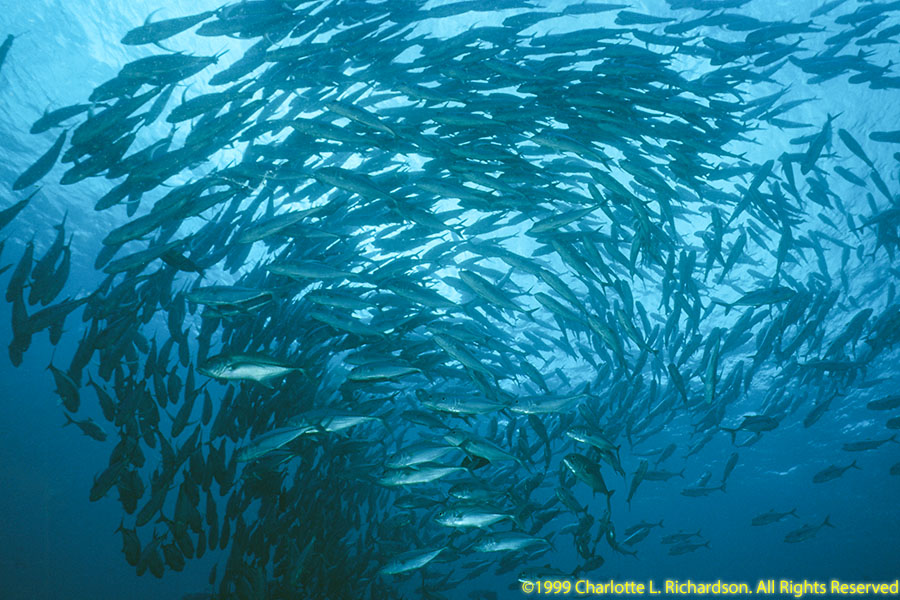
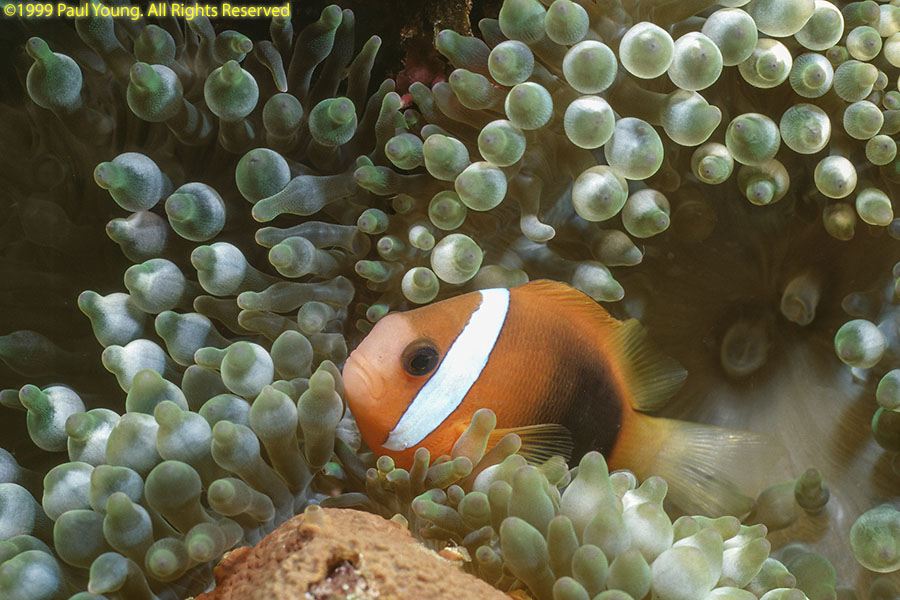
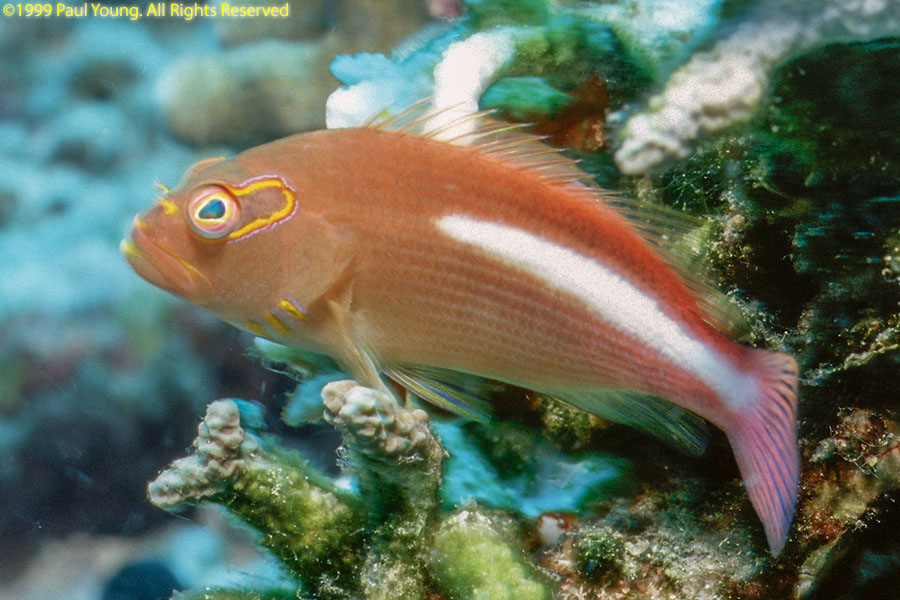
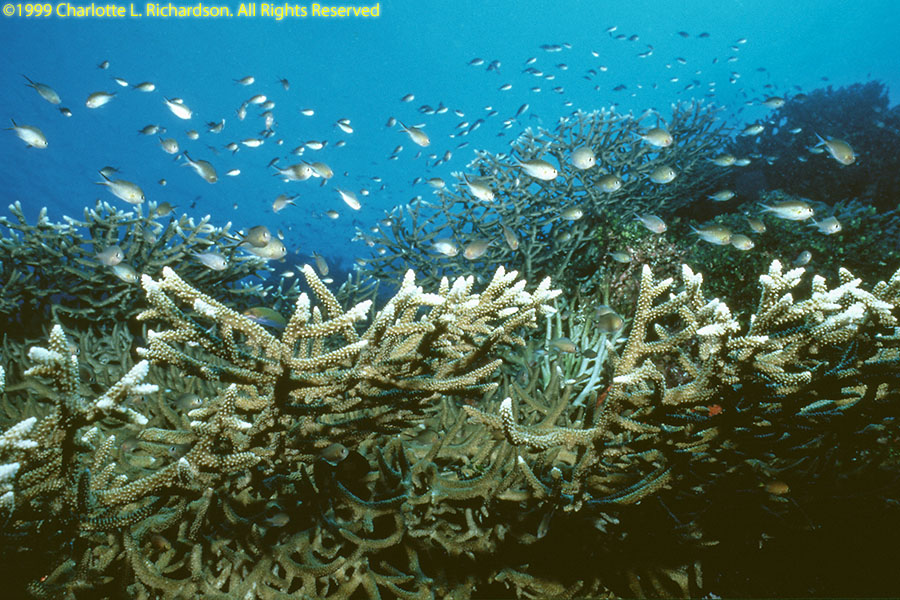
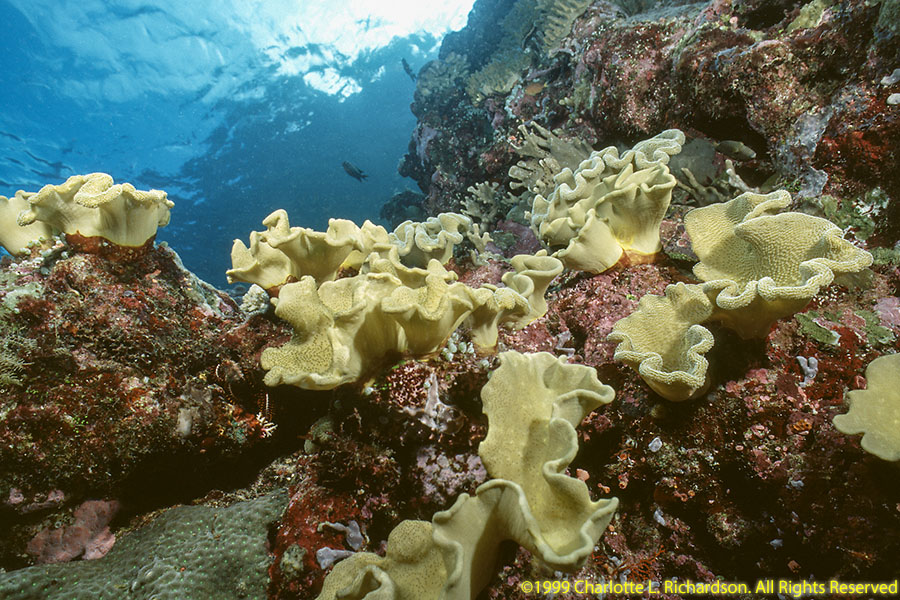
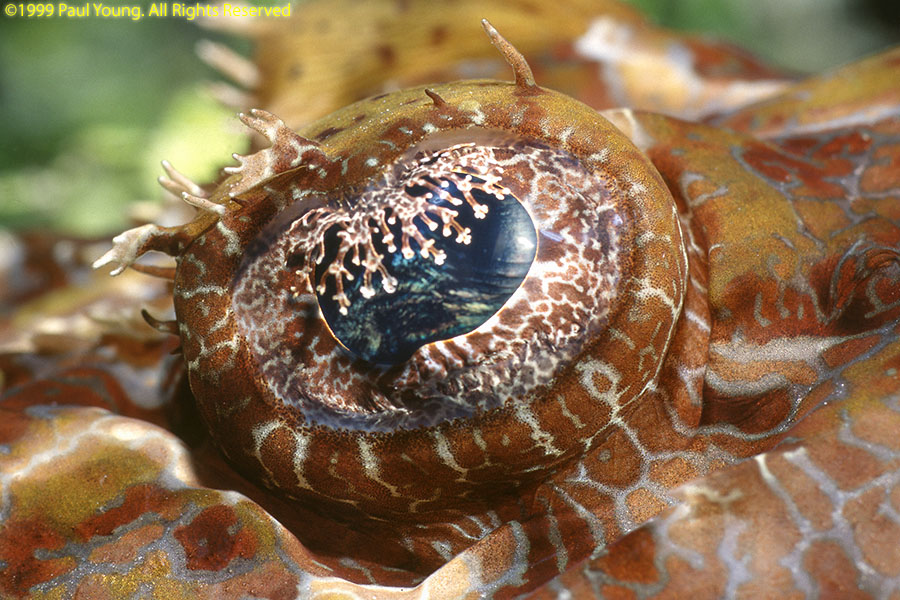
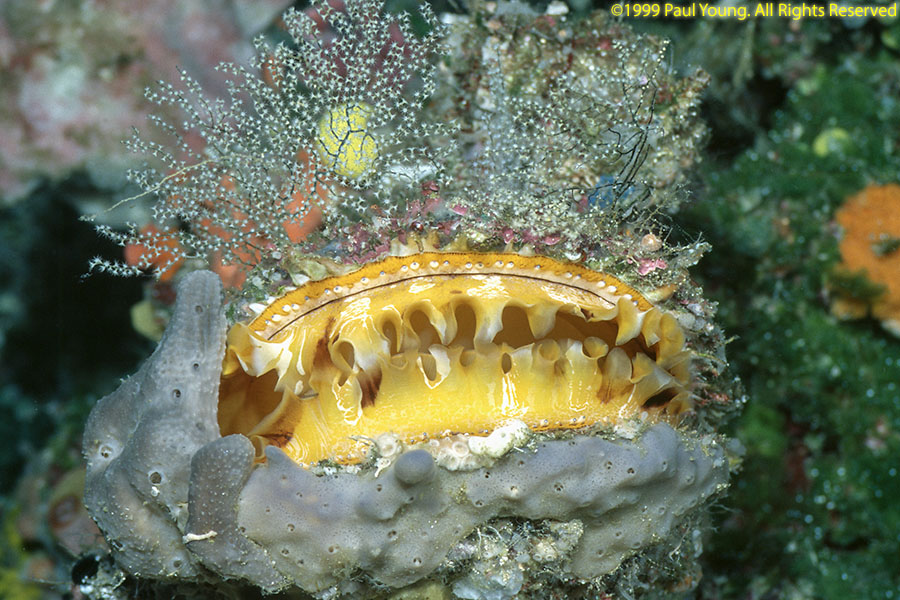
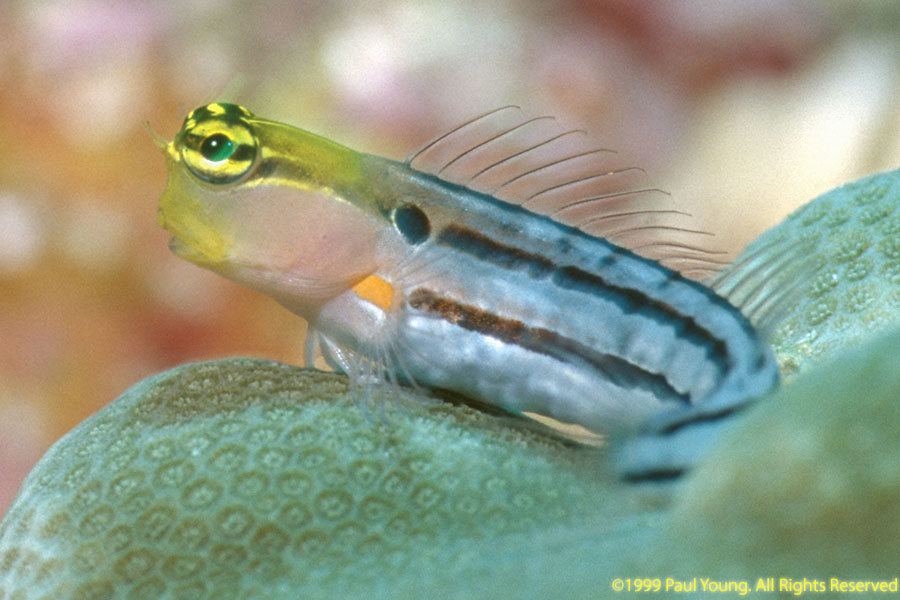
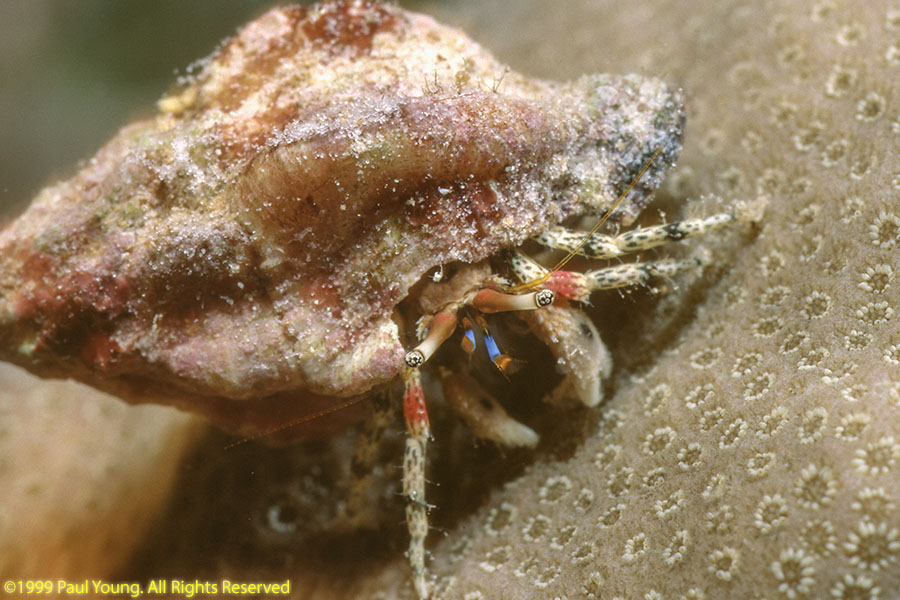
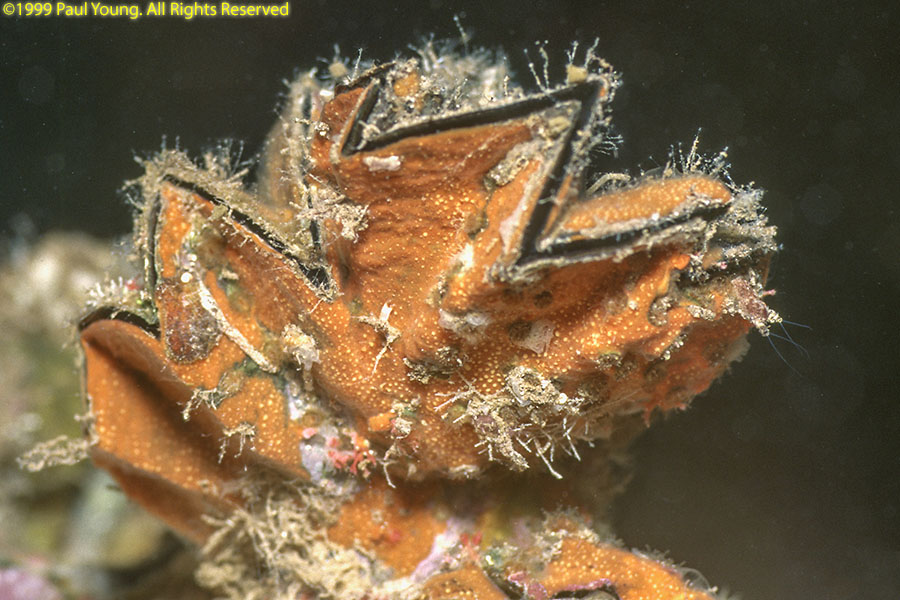
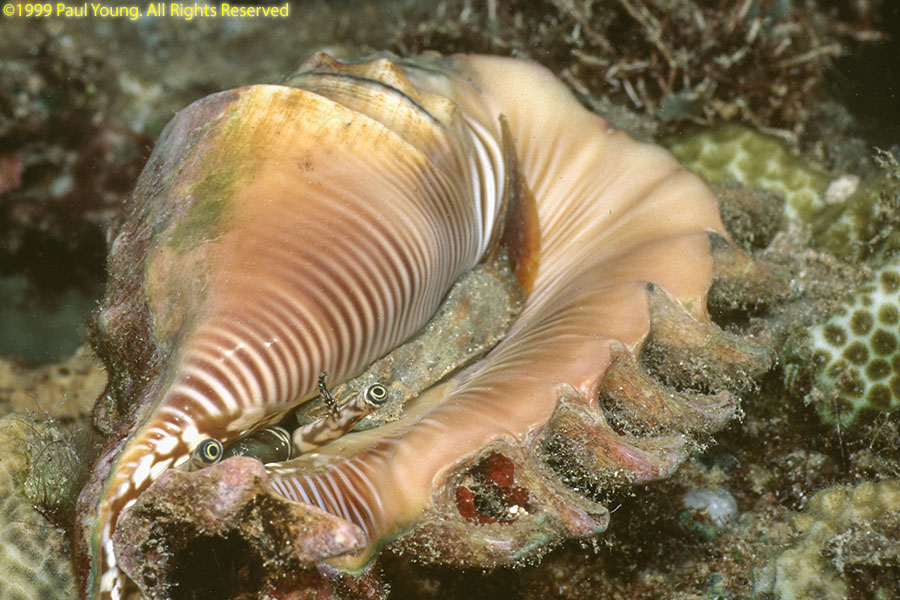
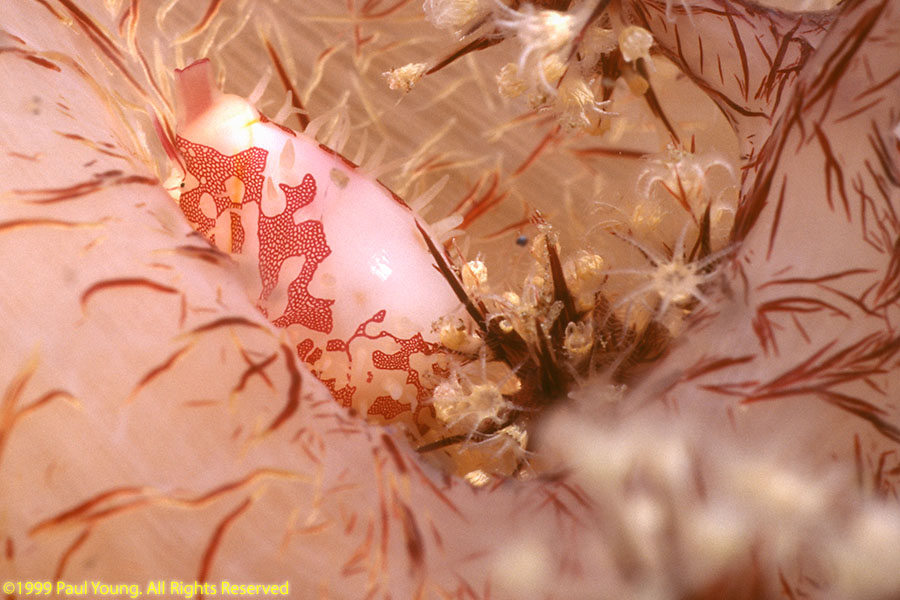
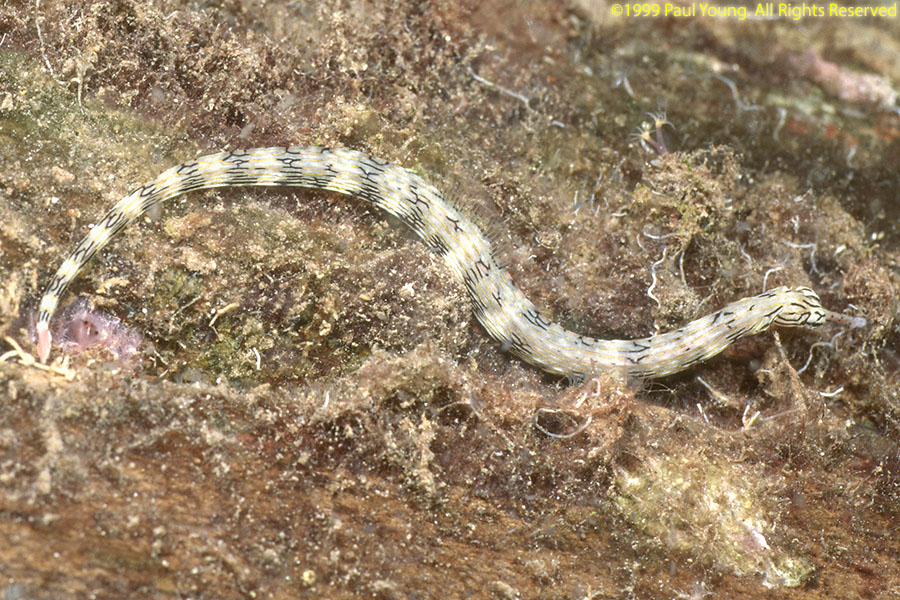
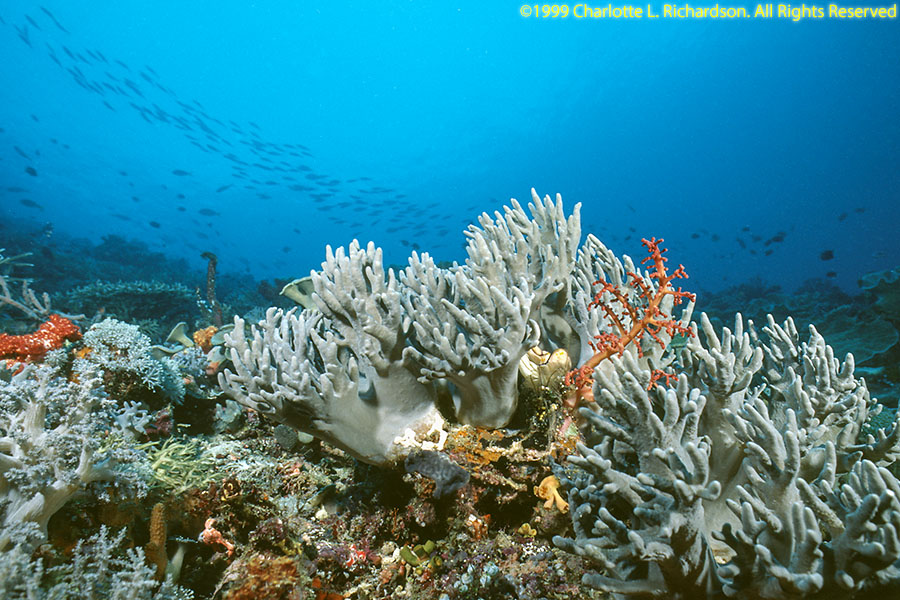
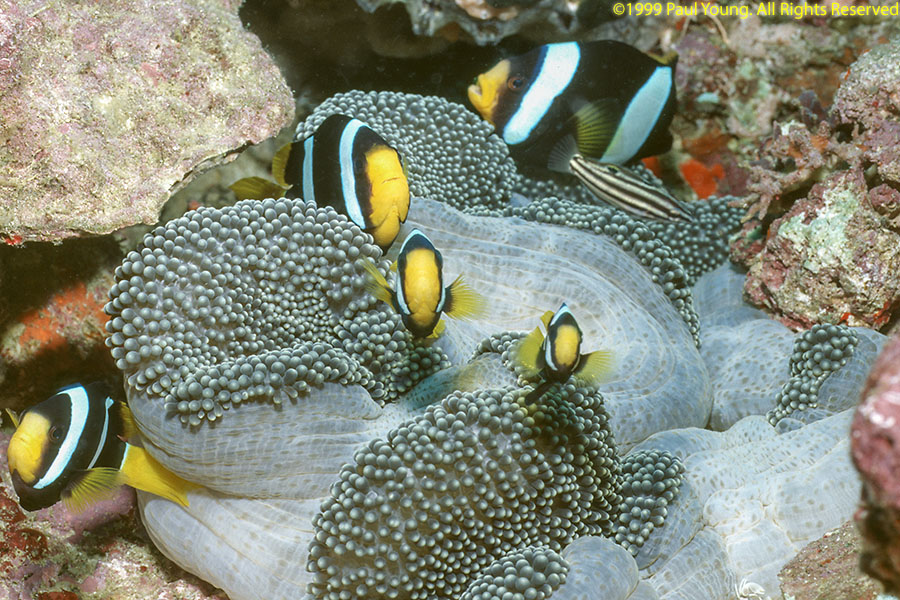
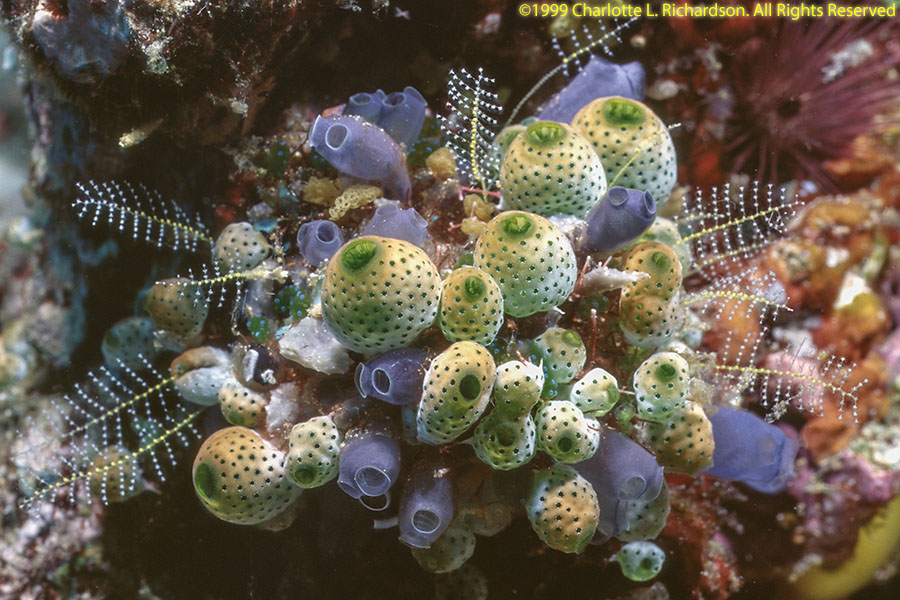
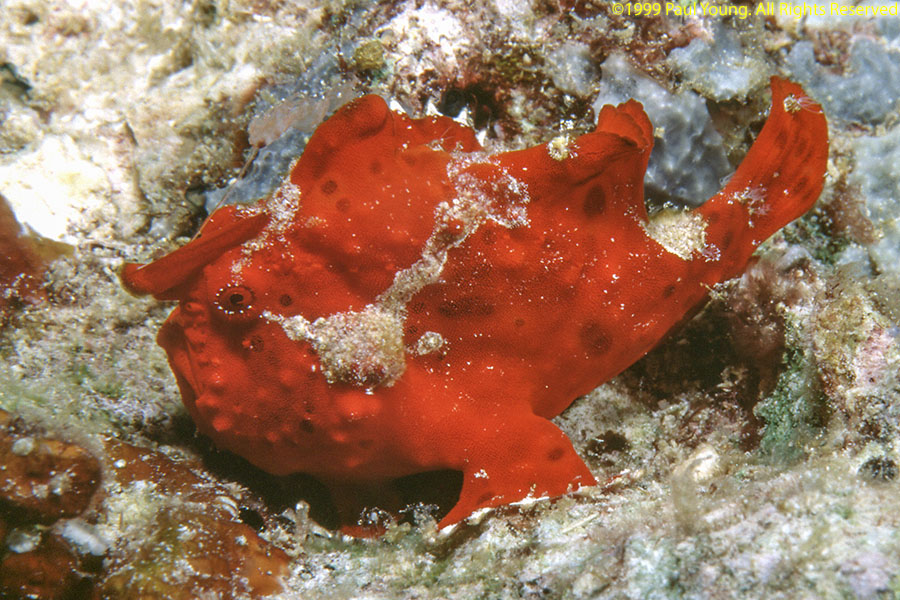
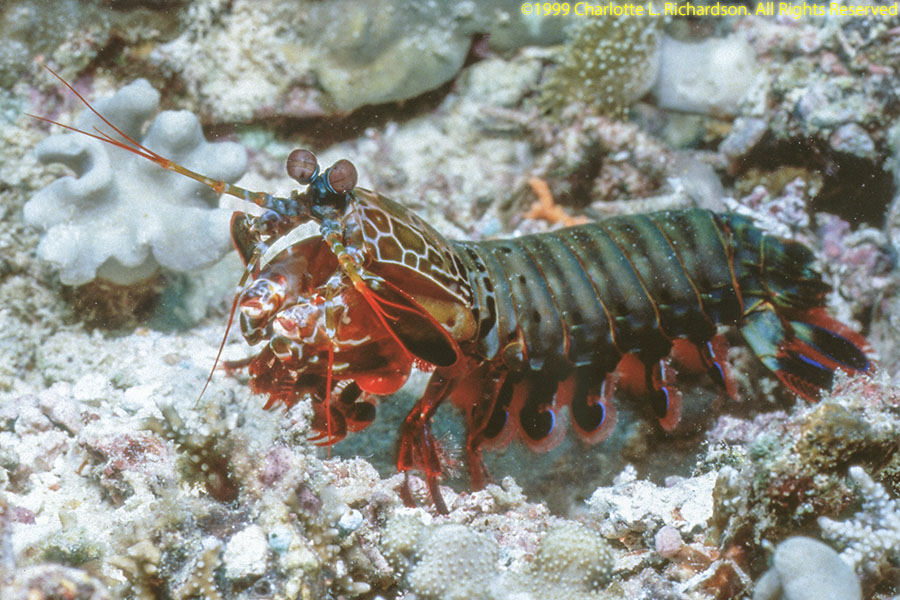
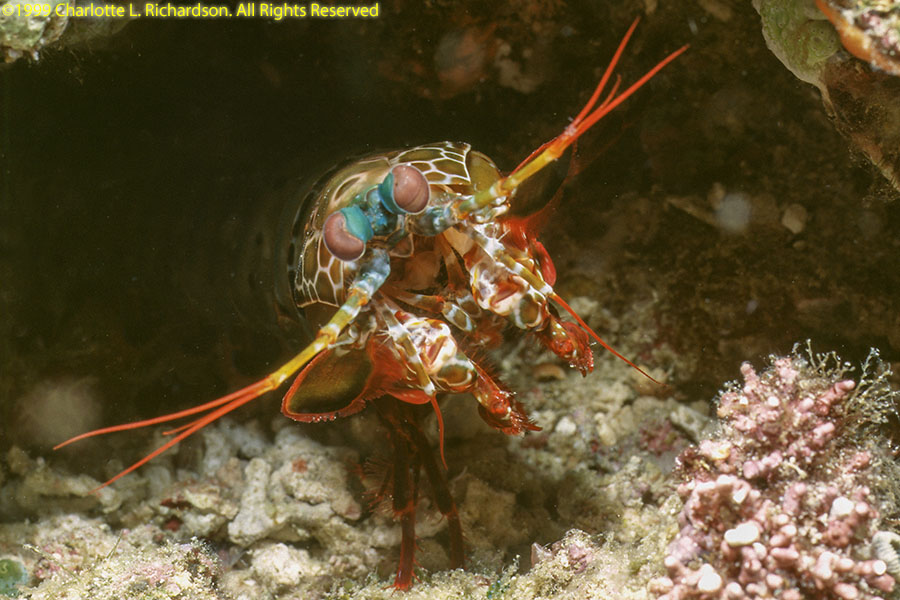
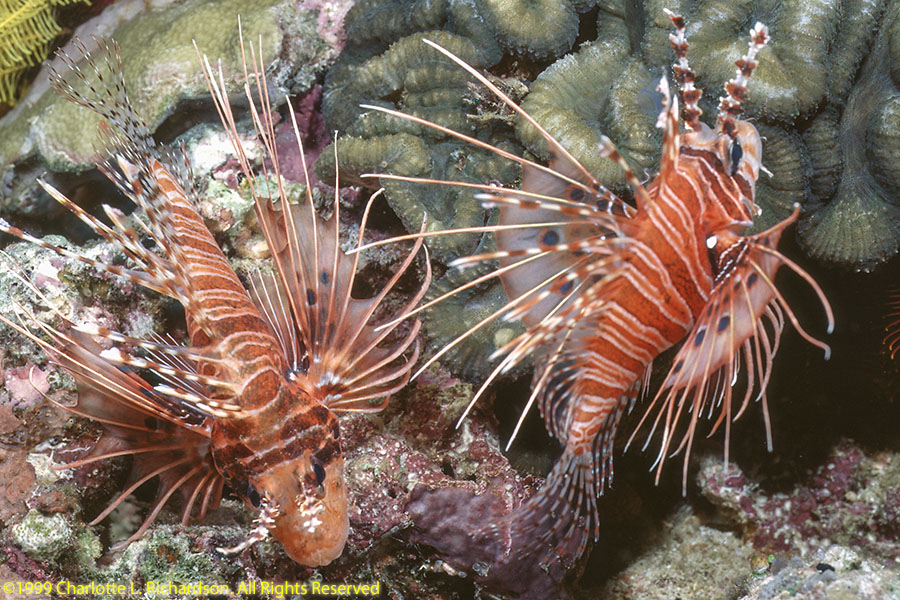
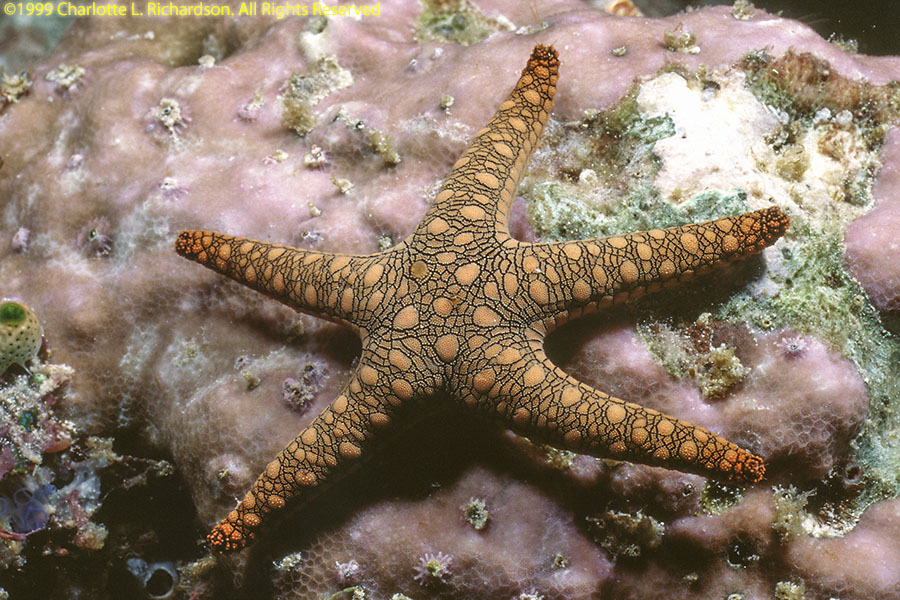
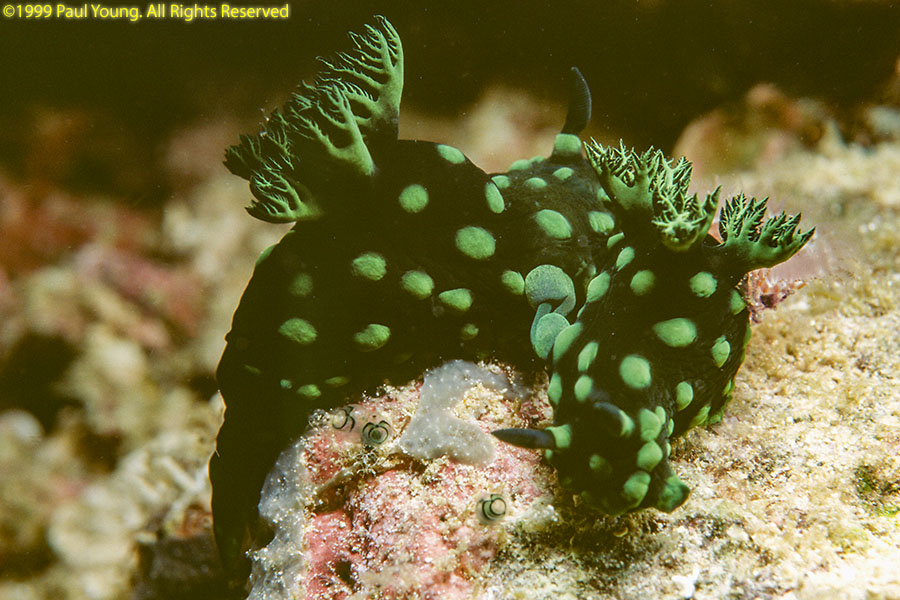
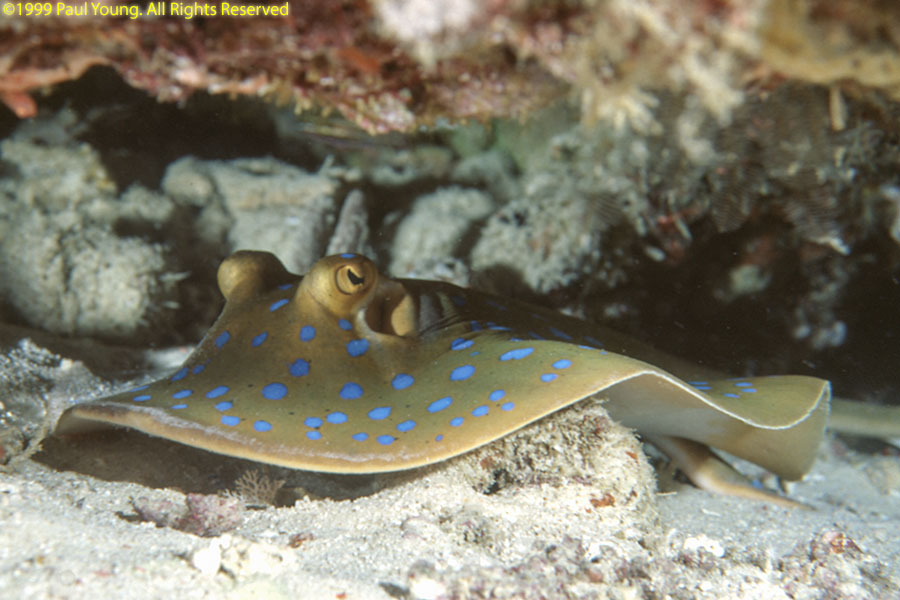
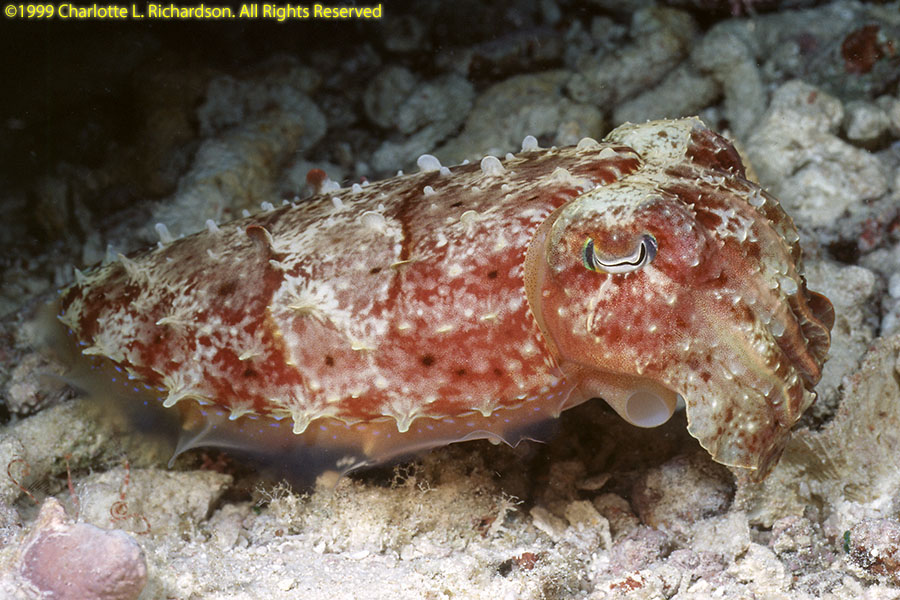
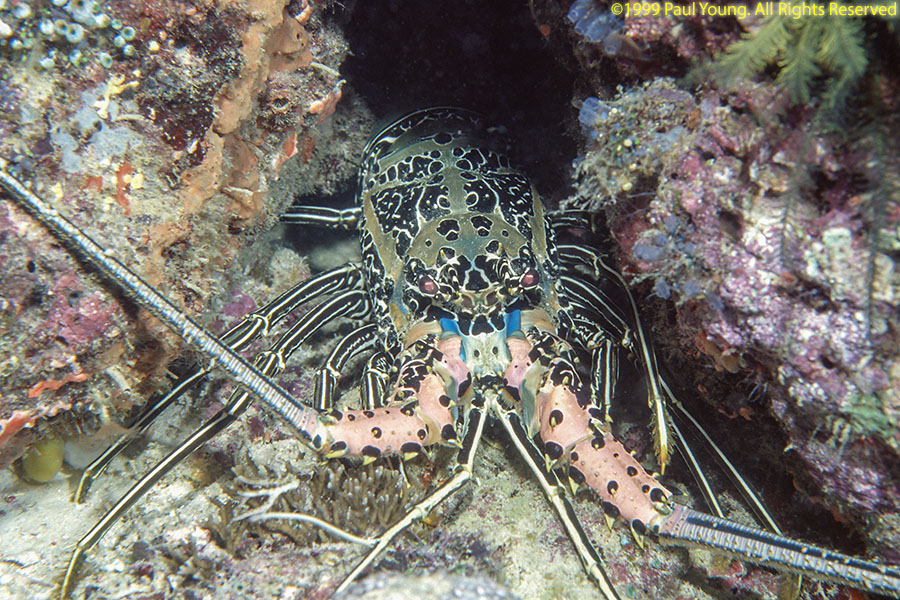
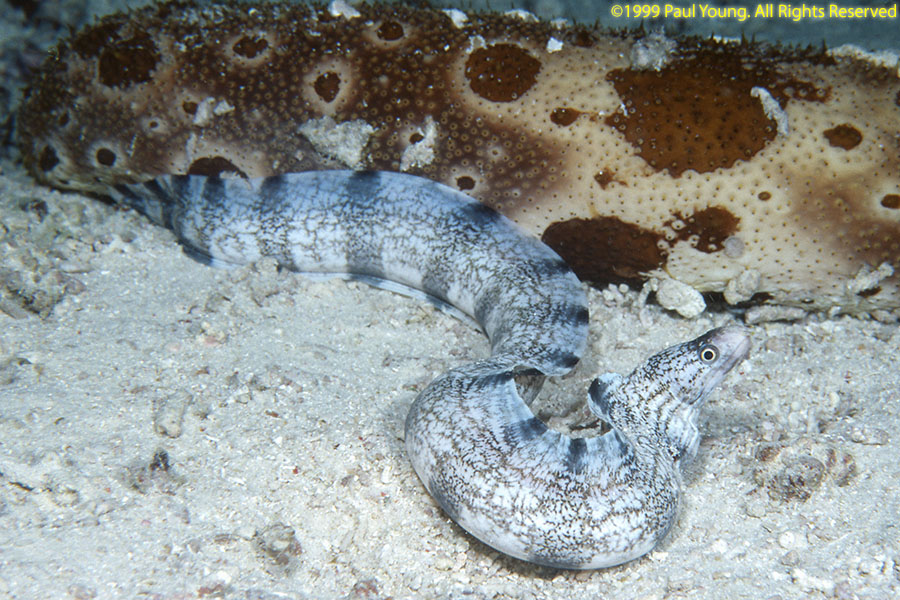
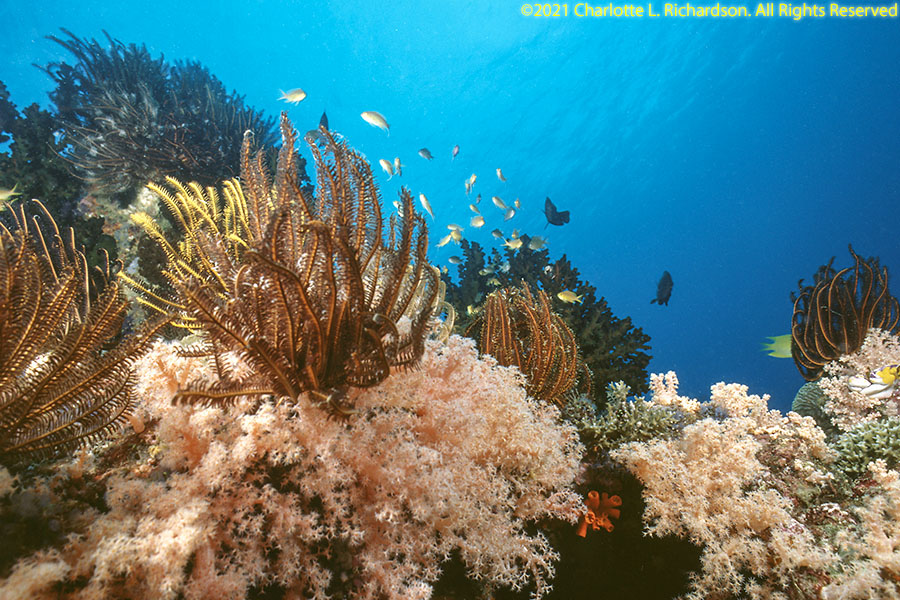
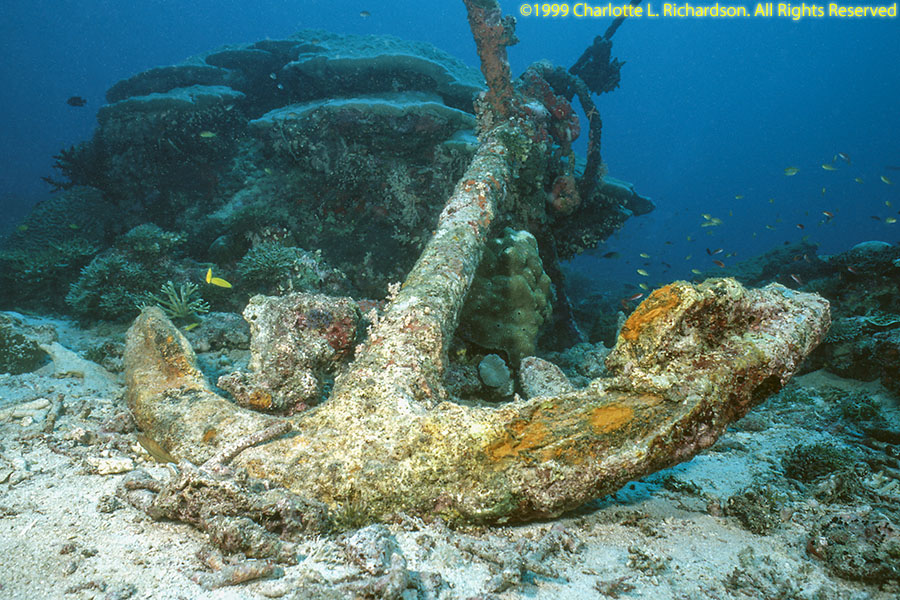
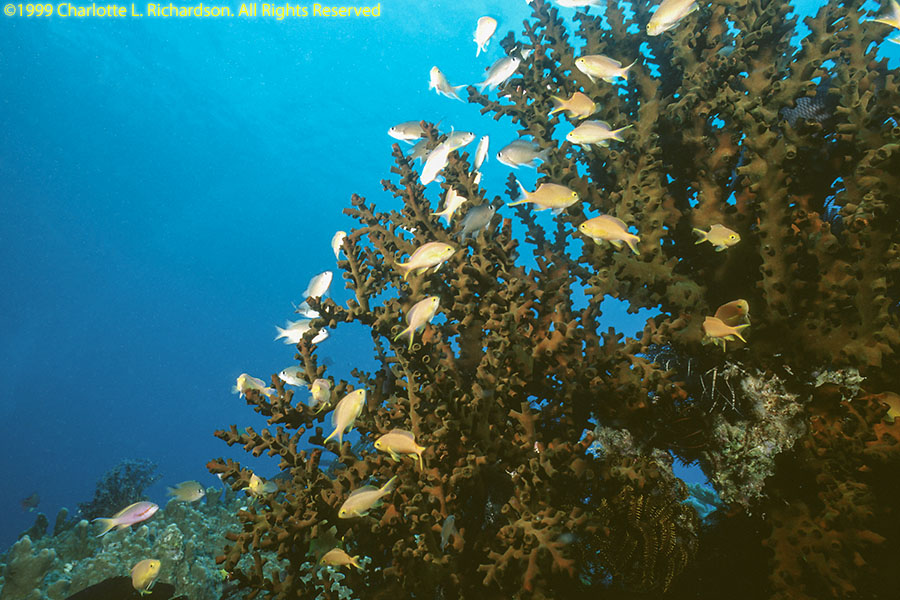
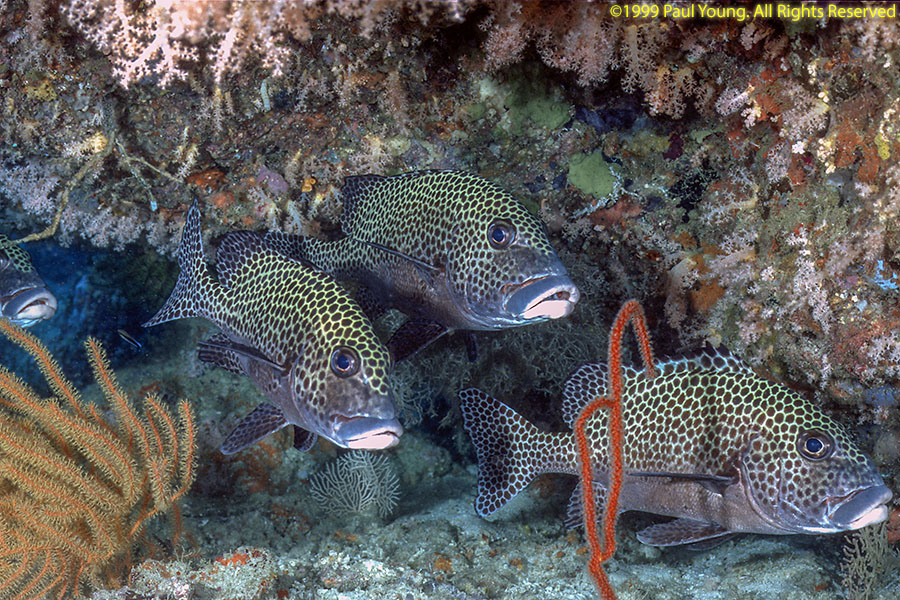
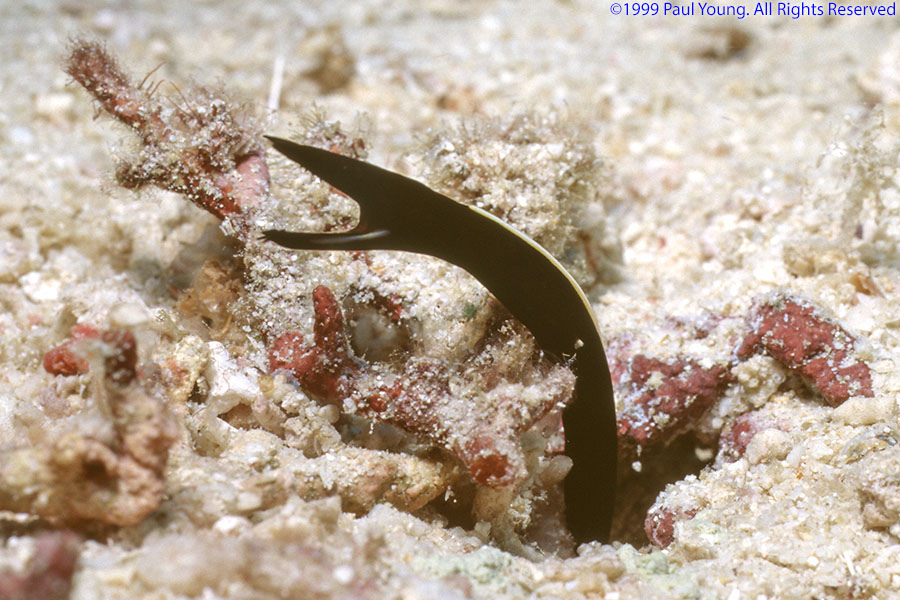
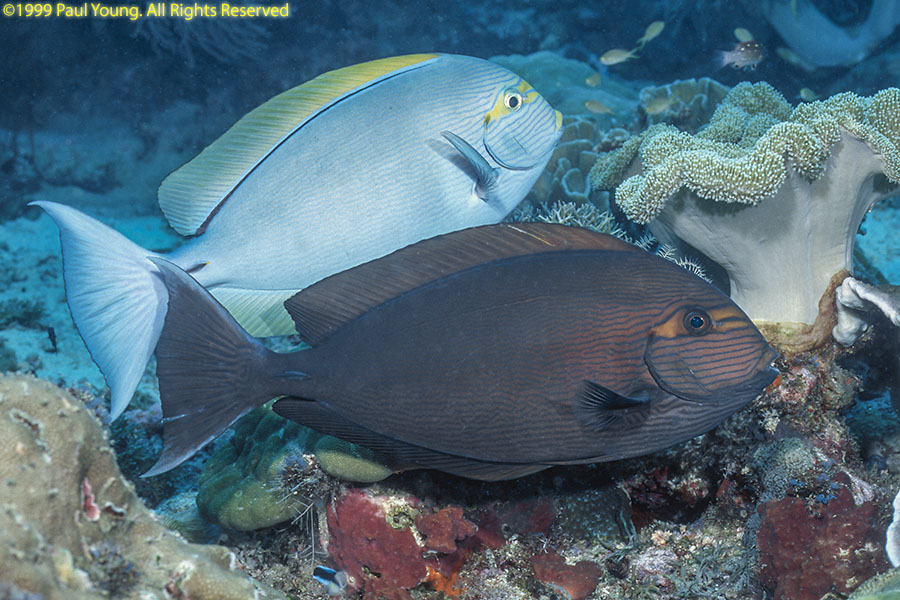
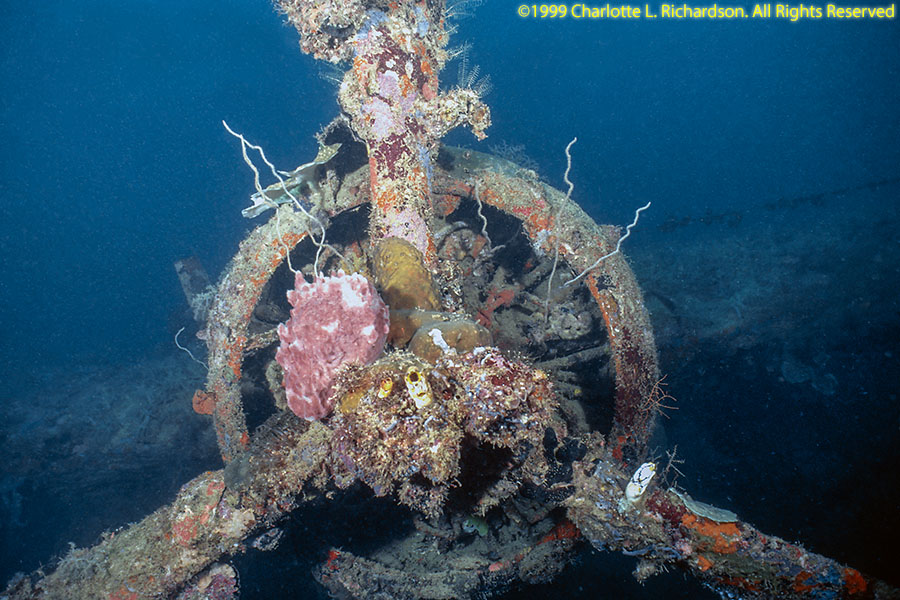
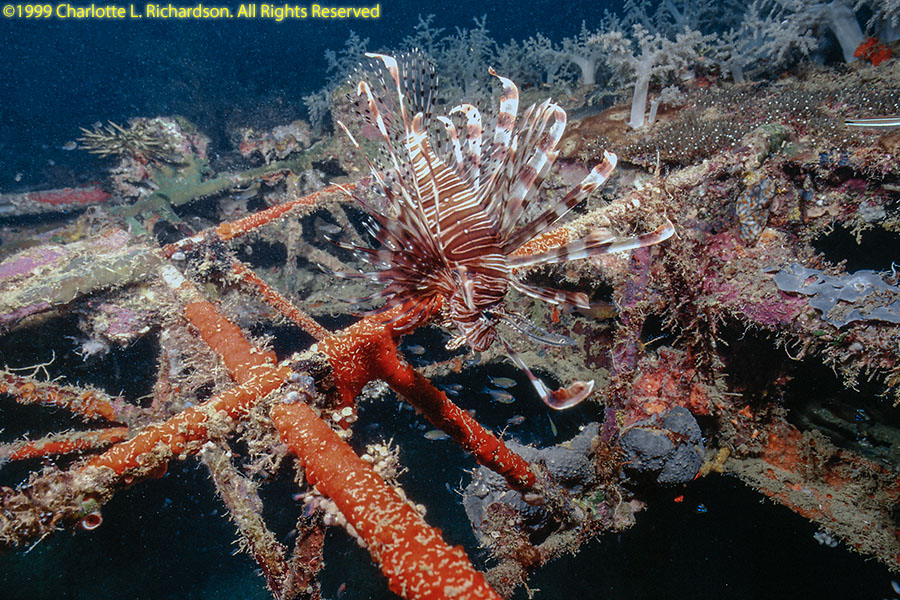
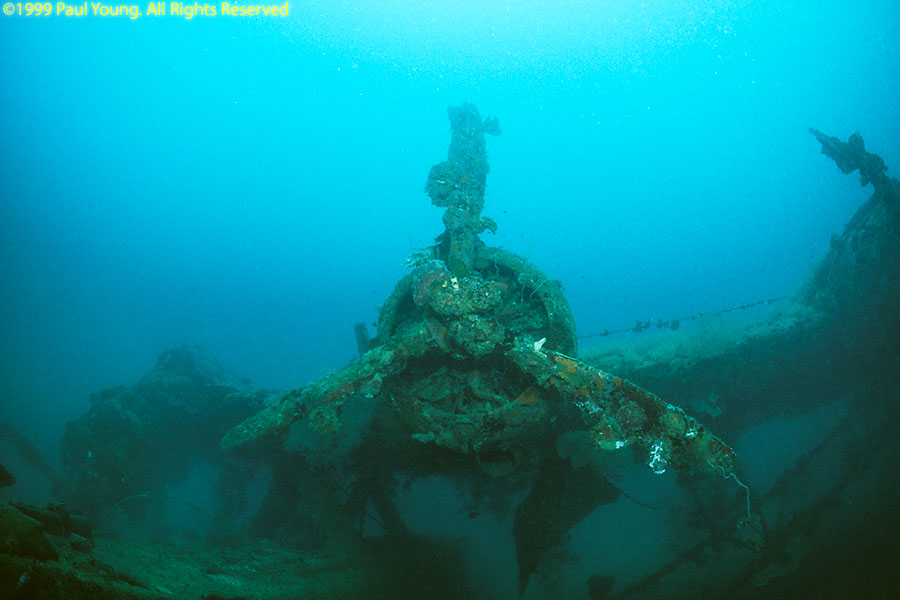
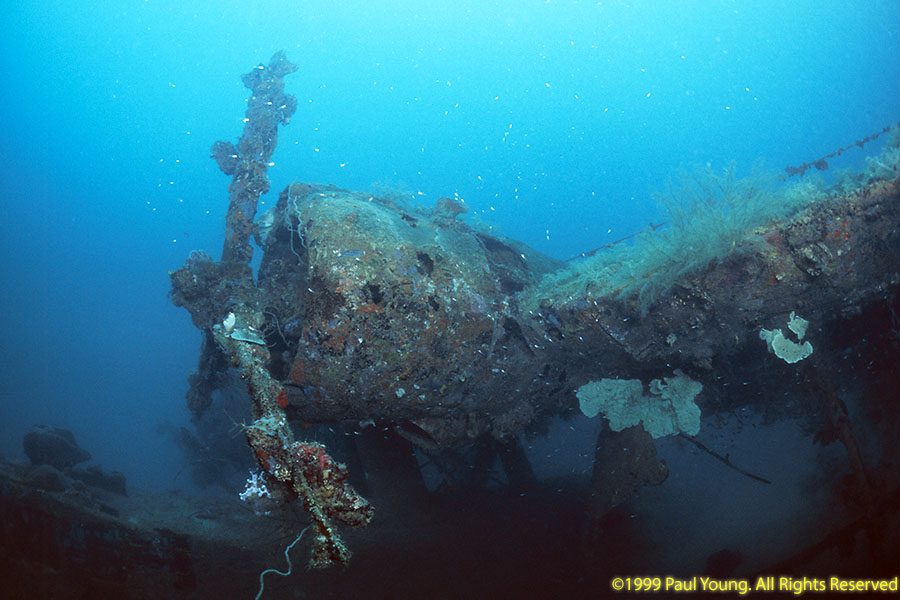
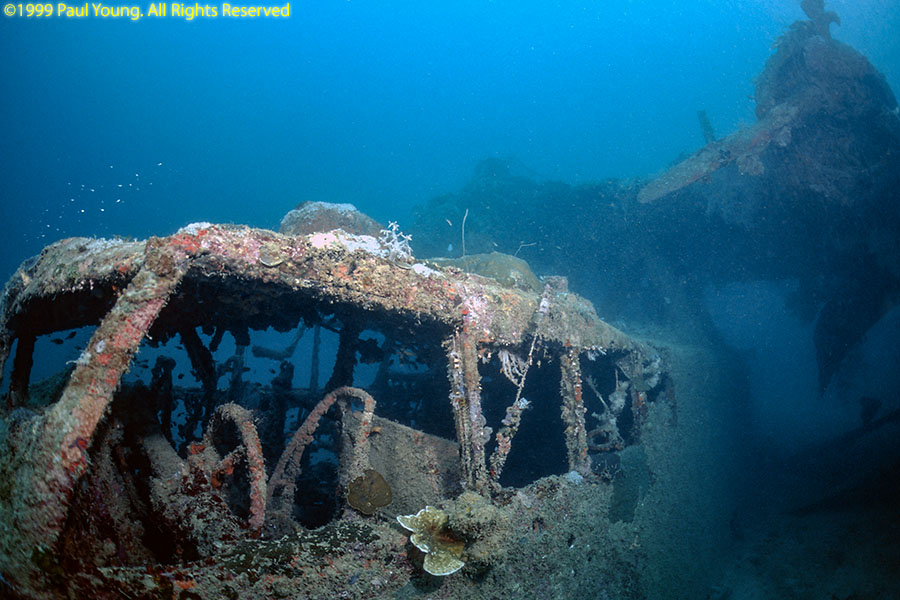
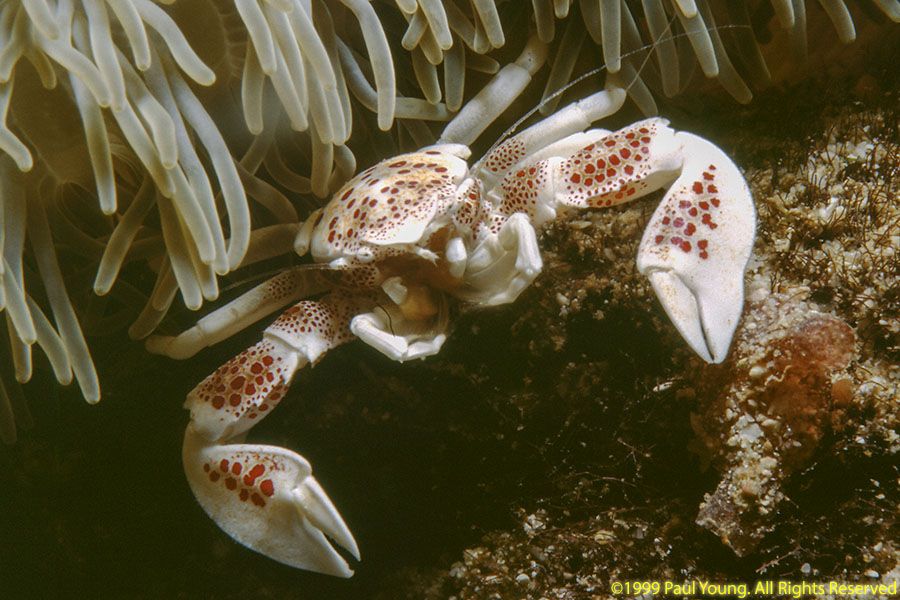
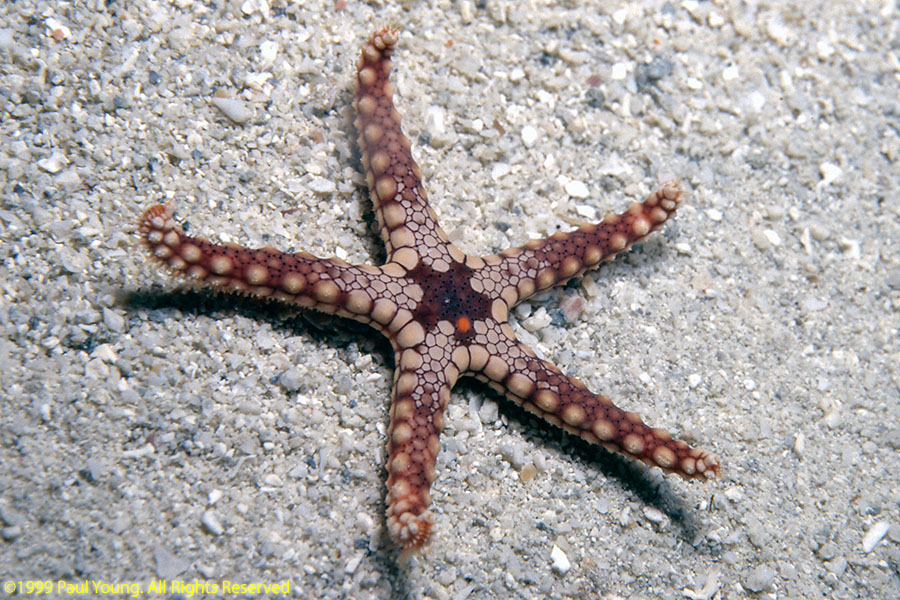
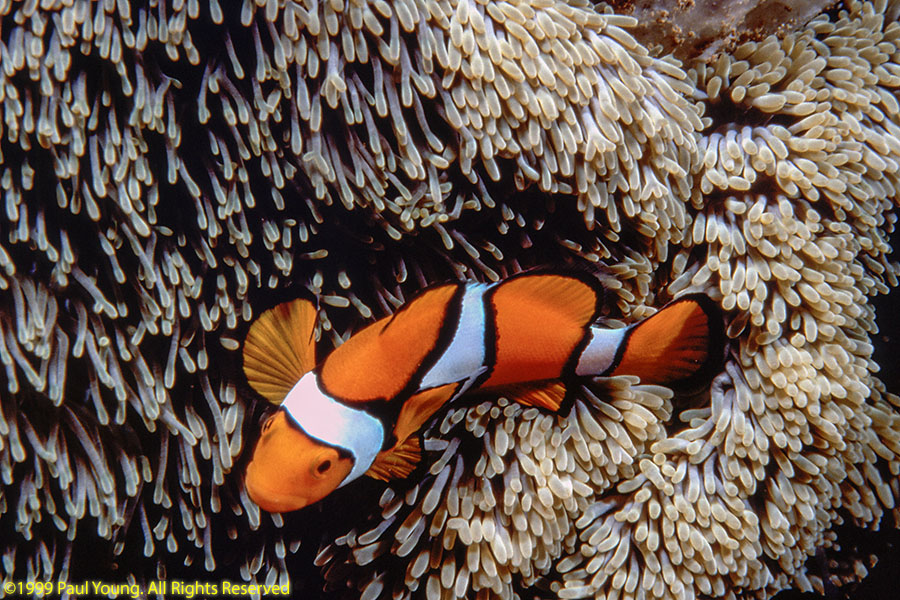
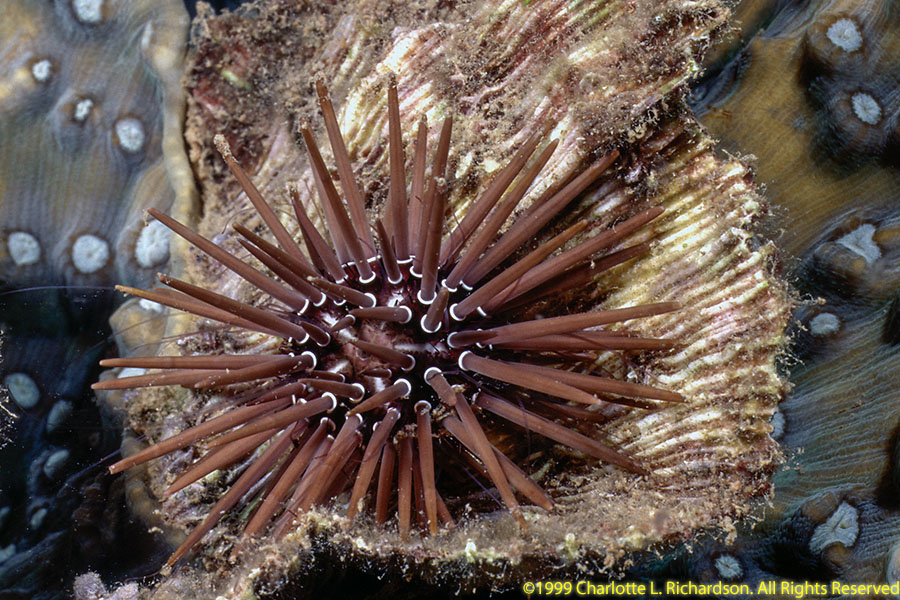
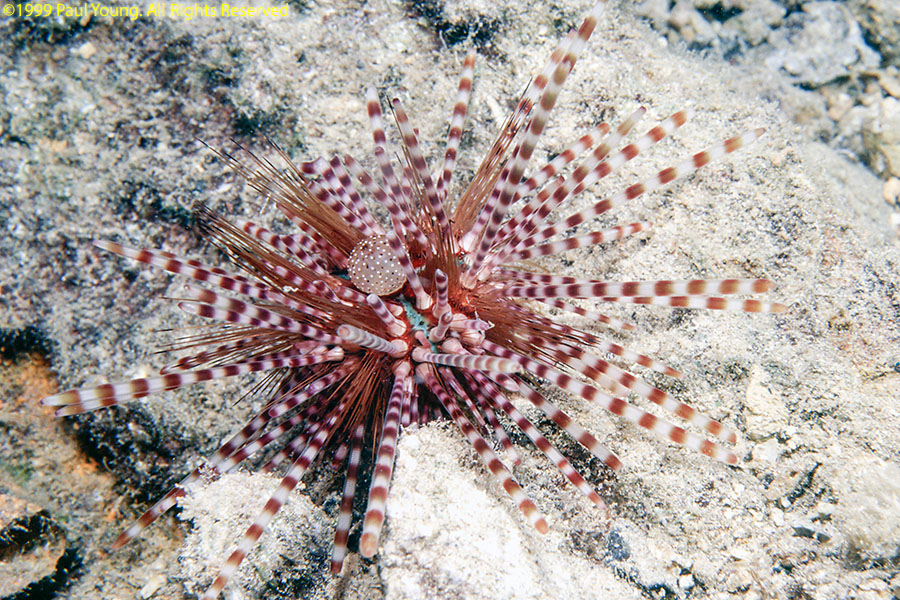
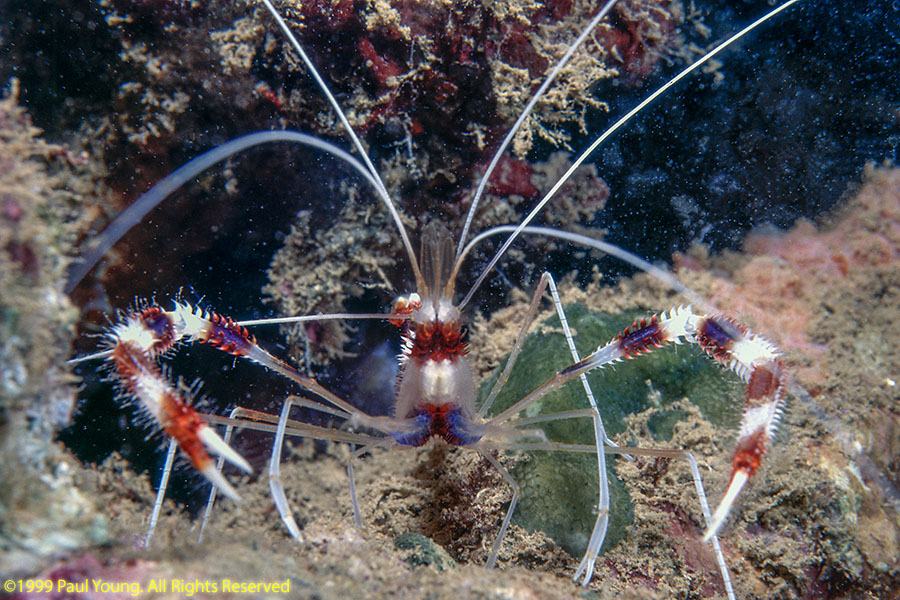
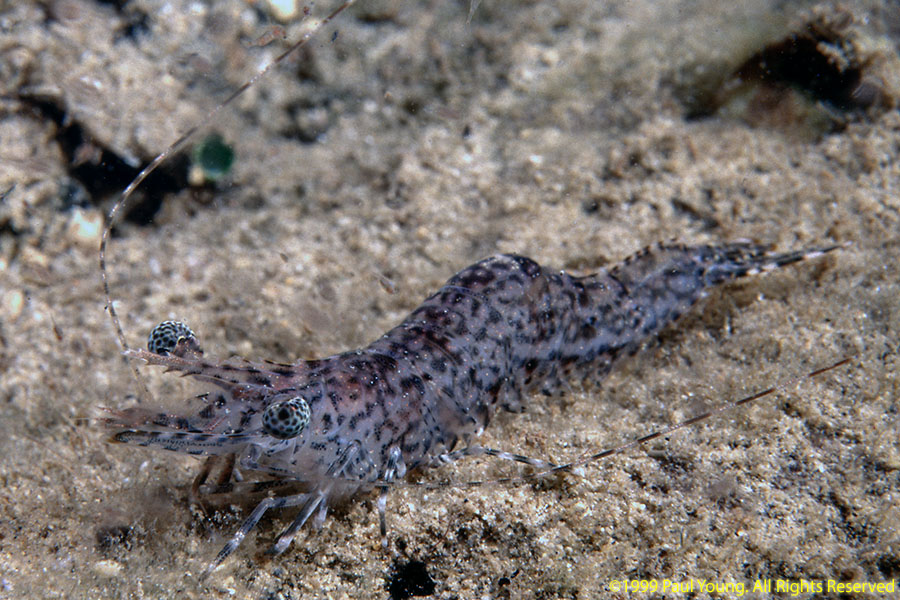
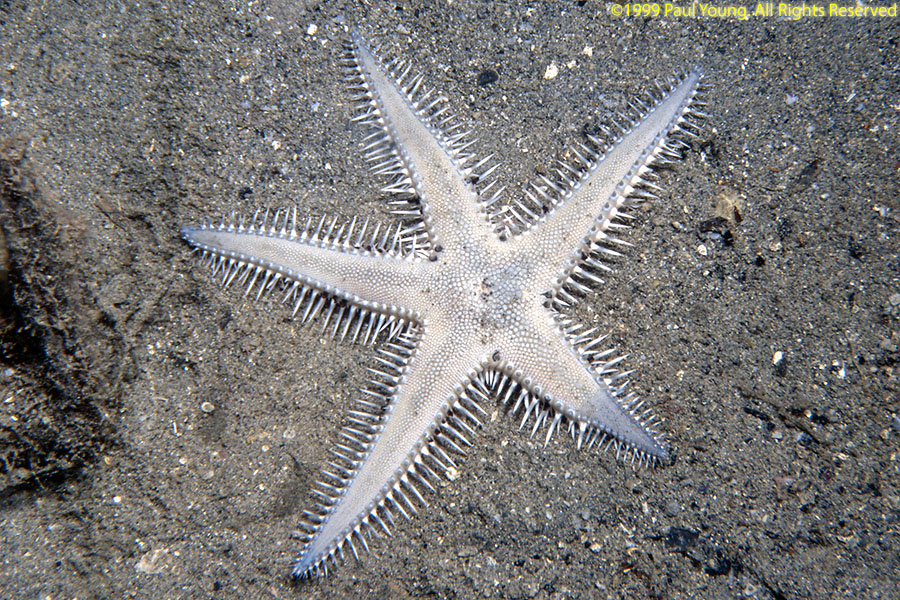
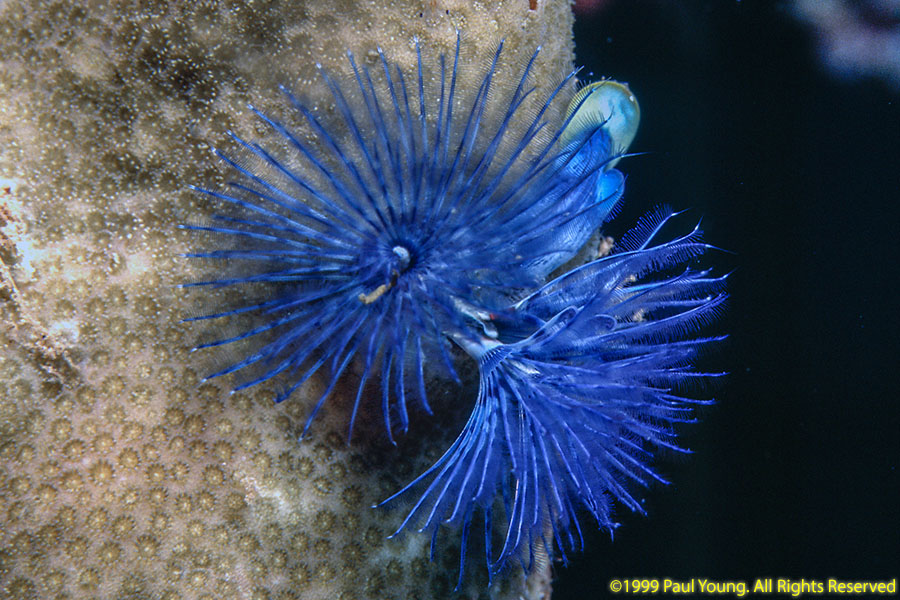
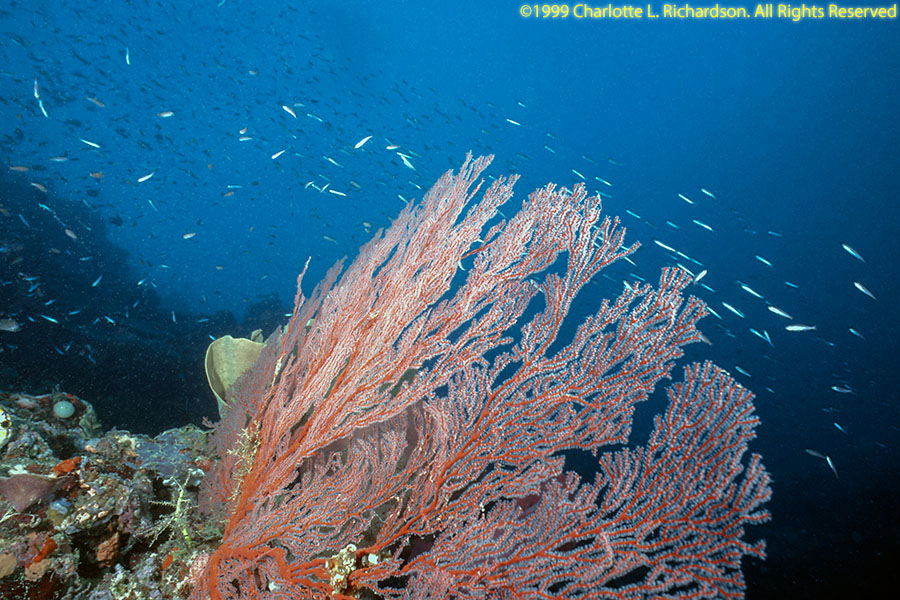
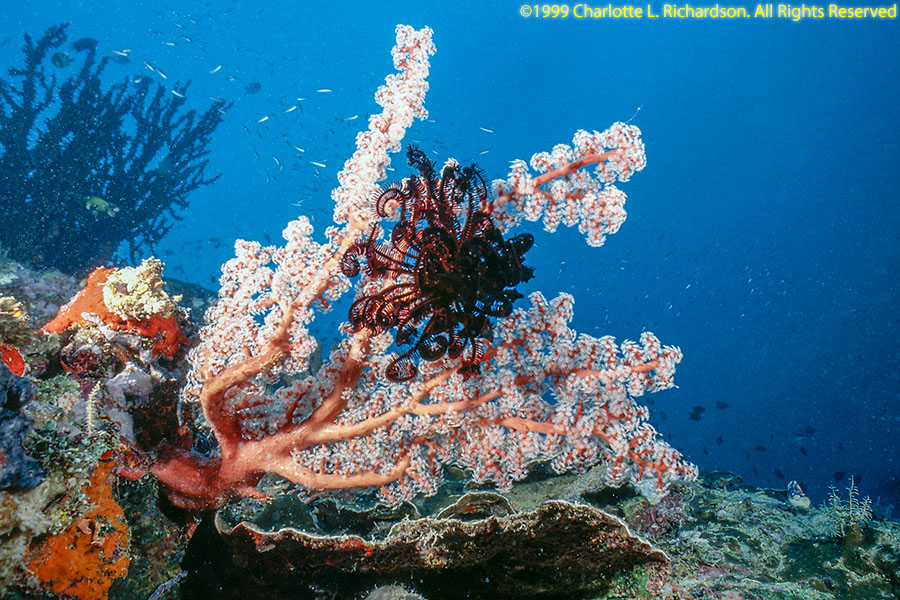
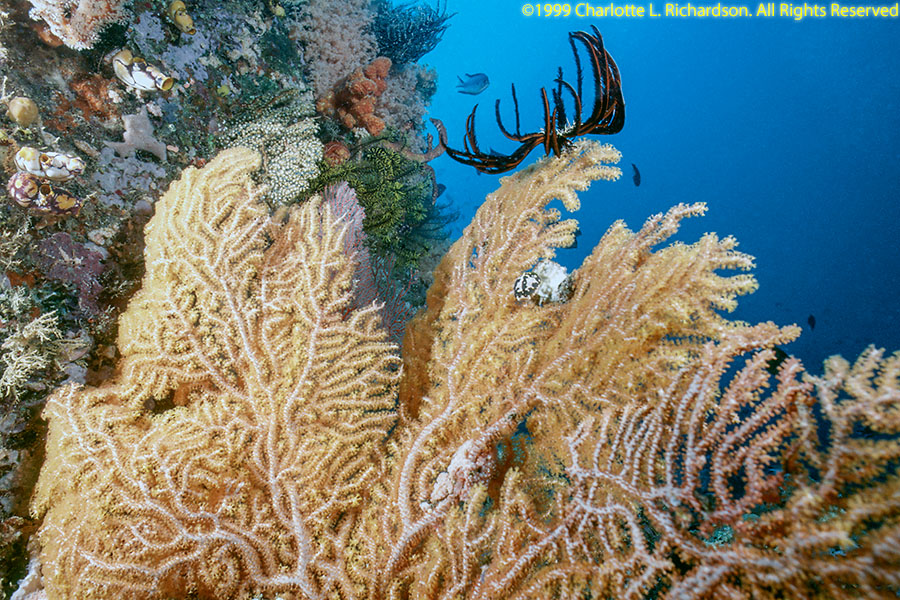
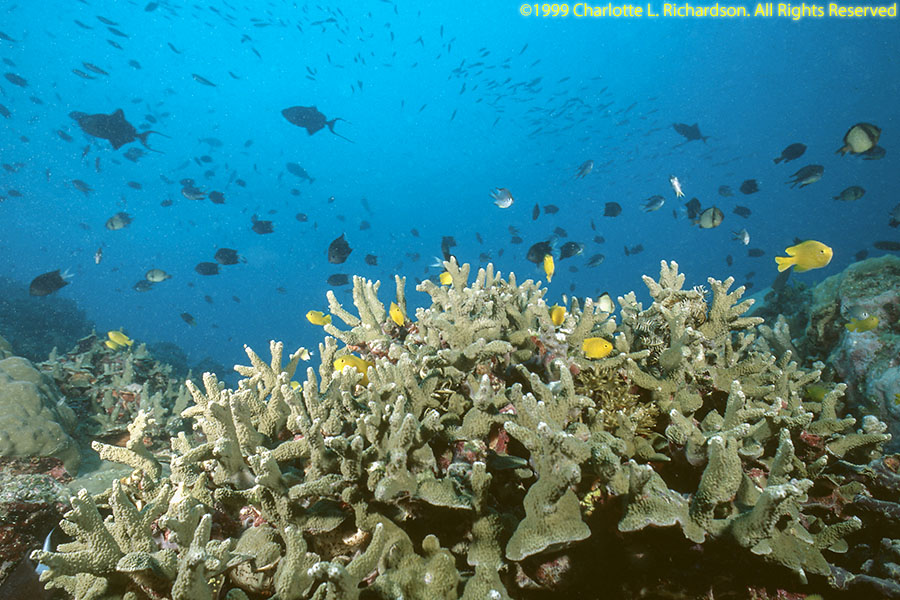

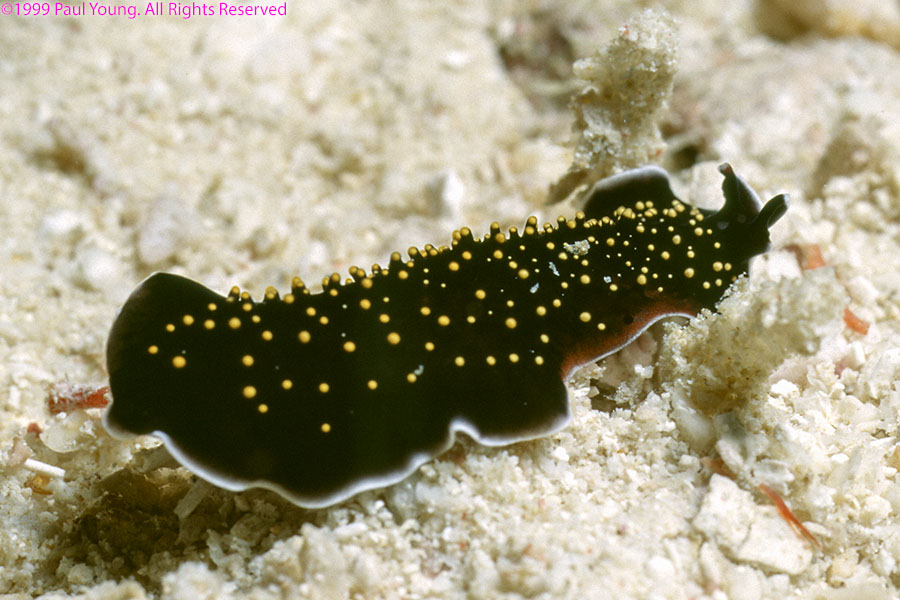
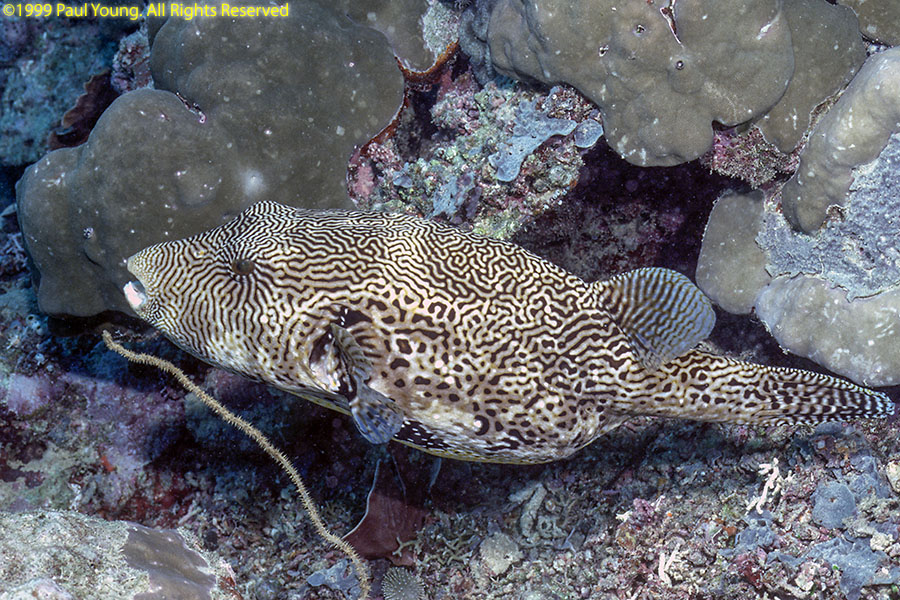
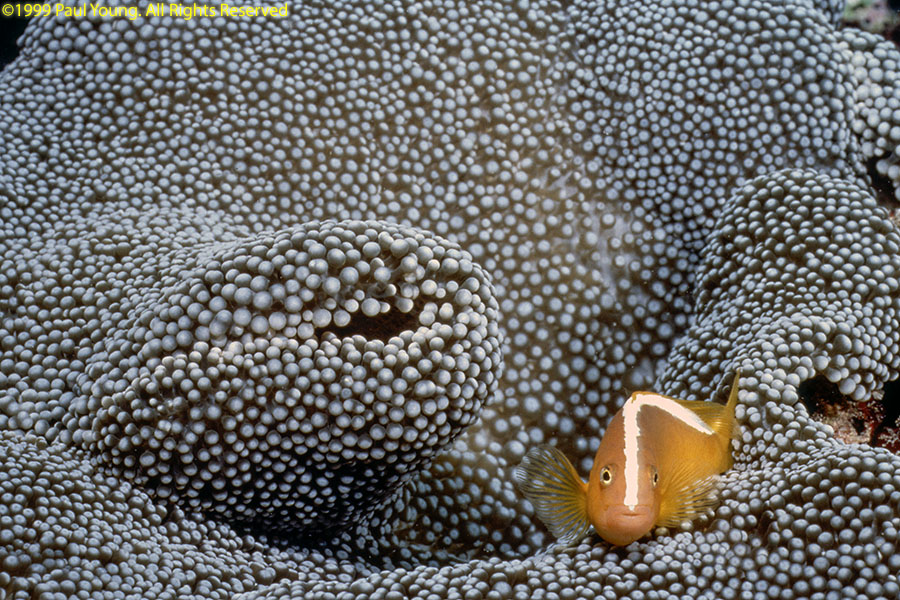
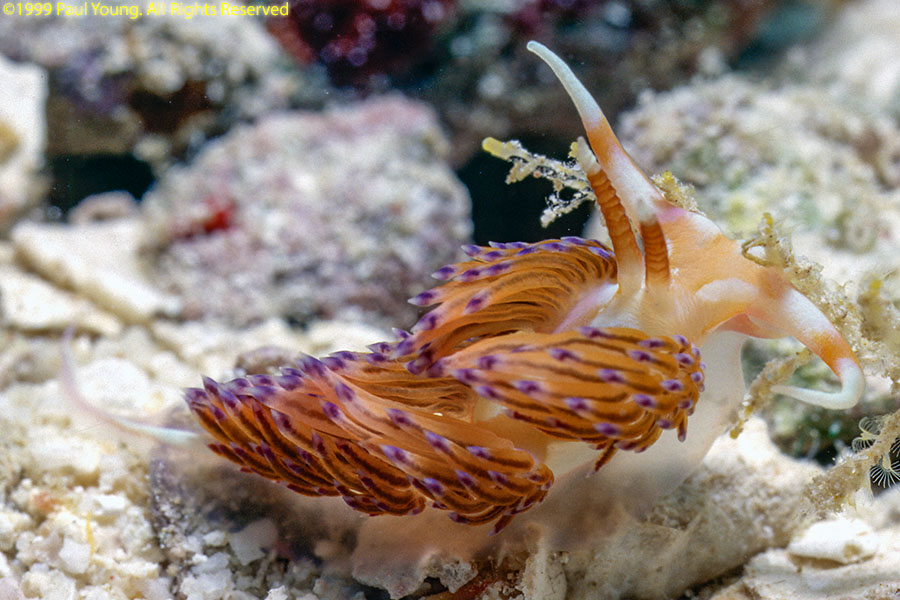
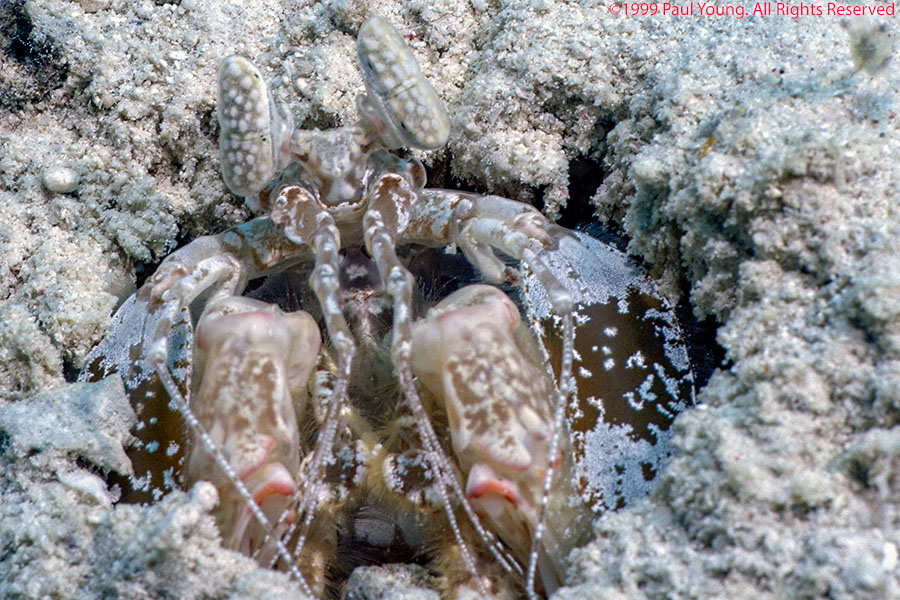
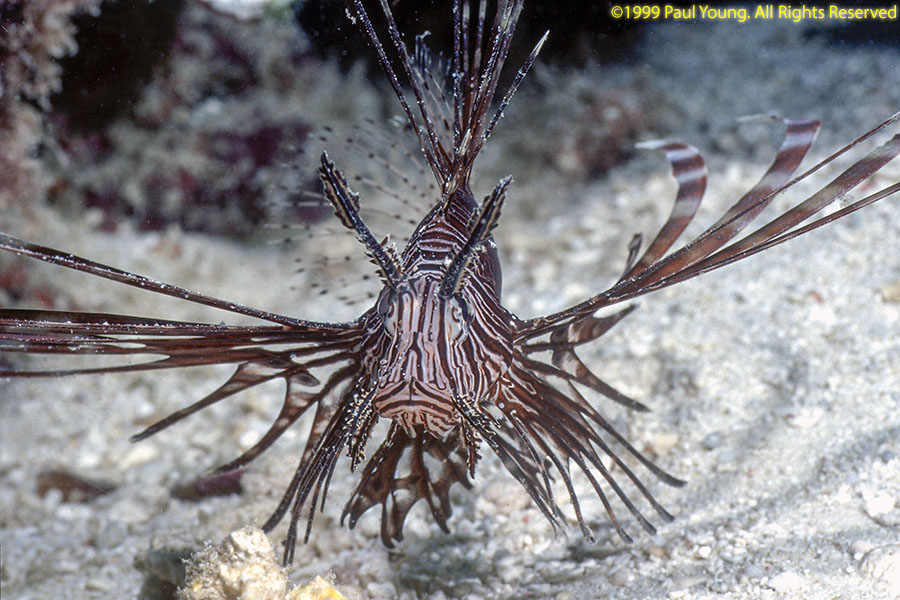
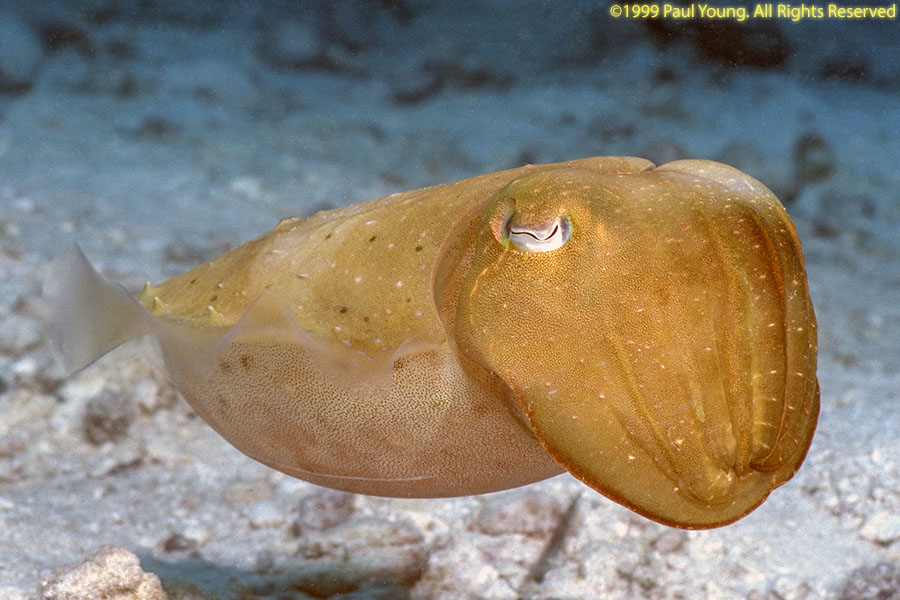
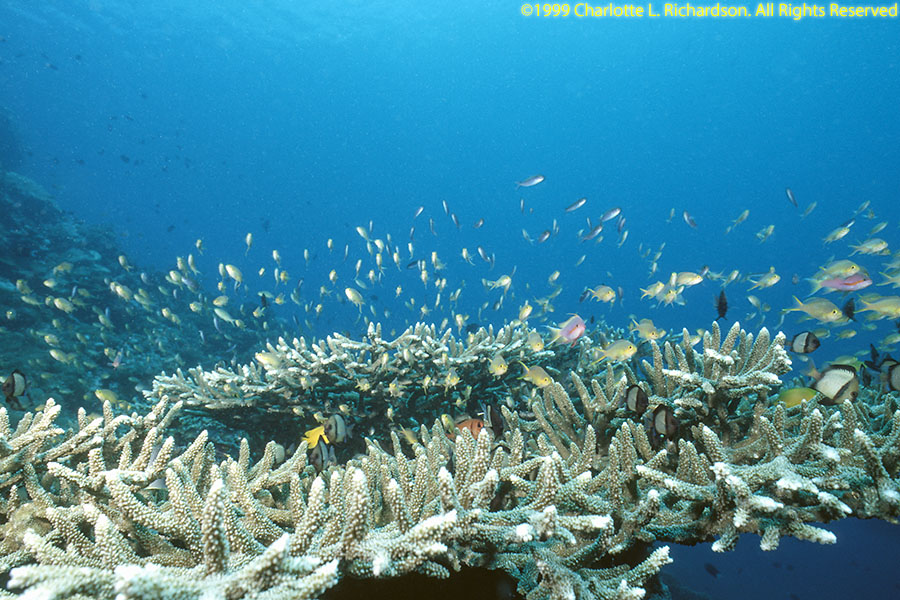
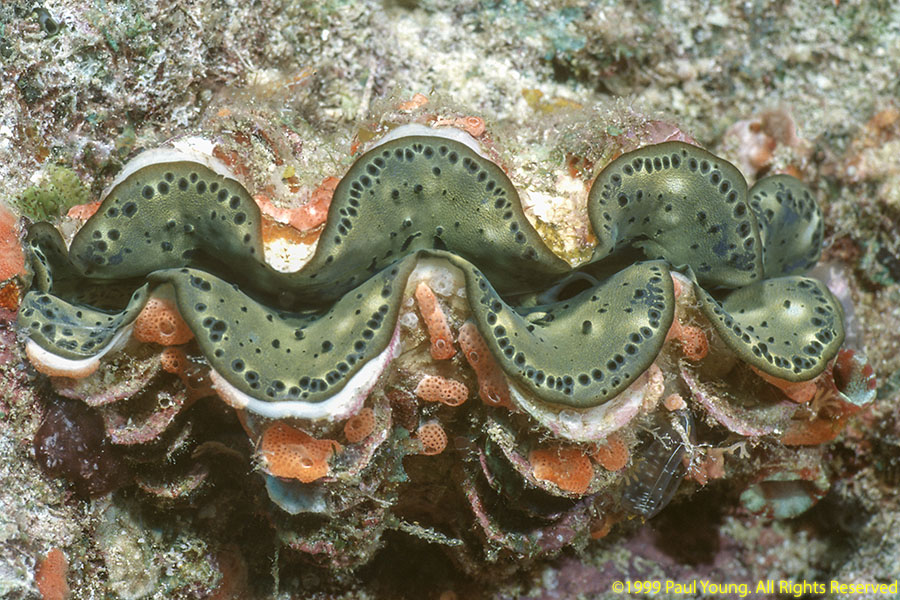
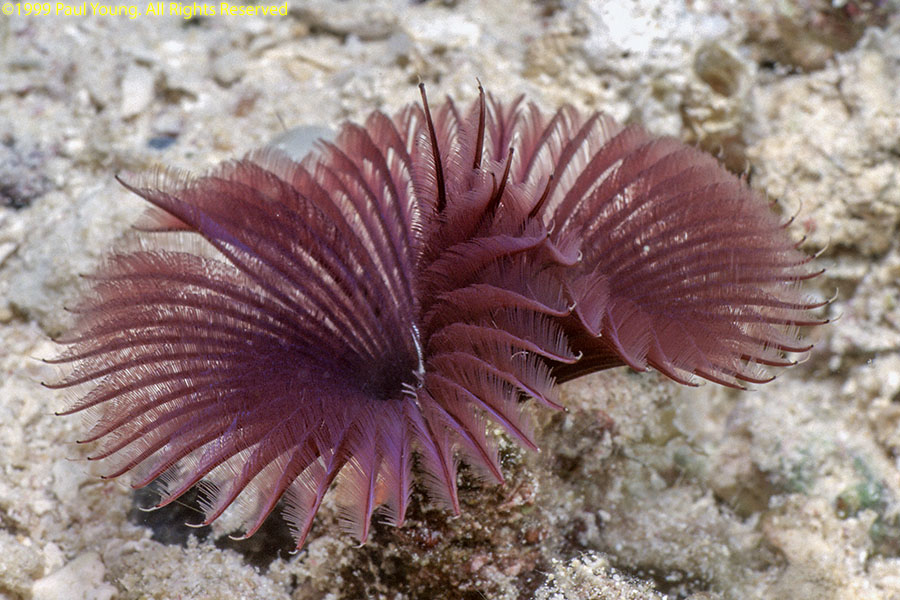
©2021, 2022 Mermaid Underwater Photographic. All Rights Reserved.
This page sponsored by Mermaid Underwater Photographic. Contact us at mermaid@underwater.org.
Last modified 25 January 2022